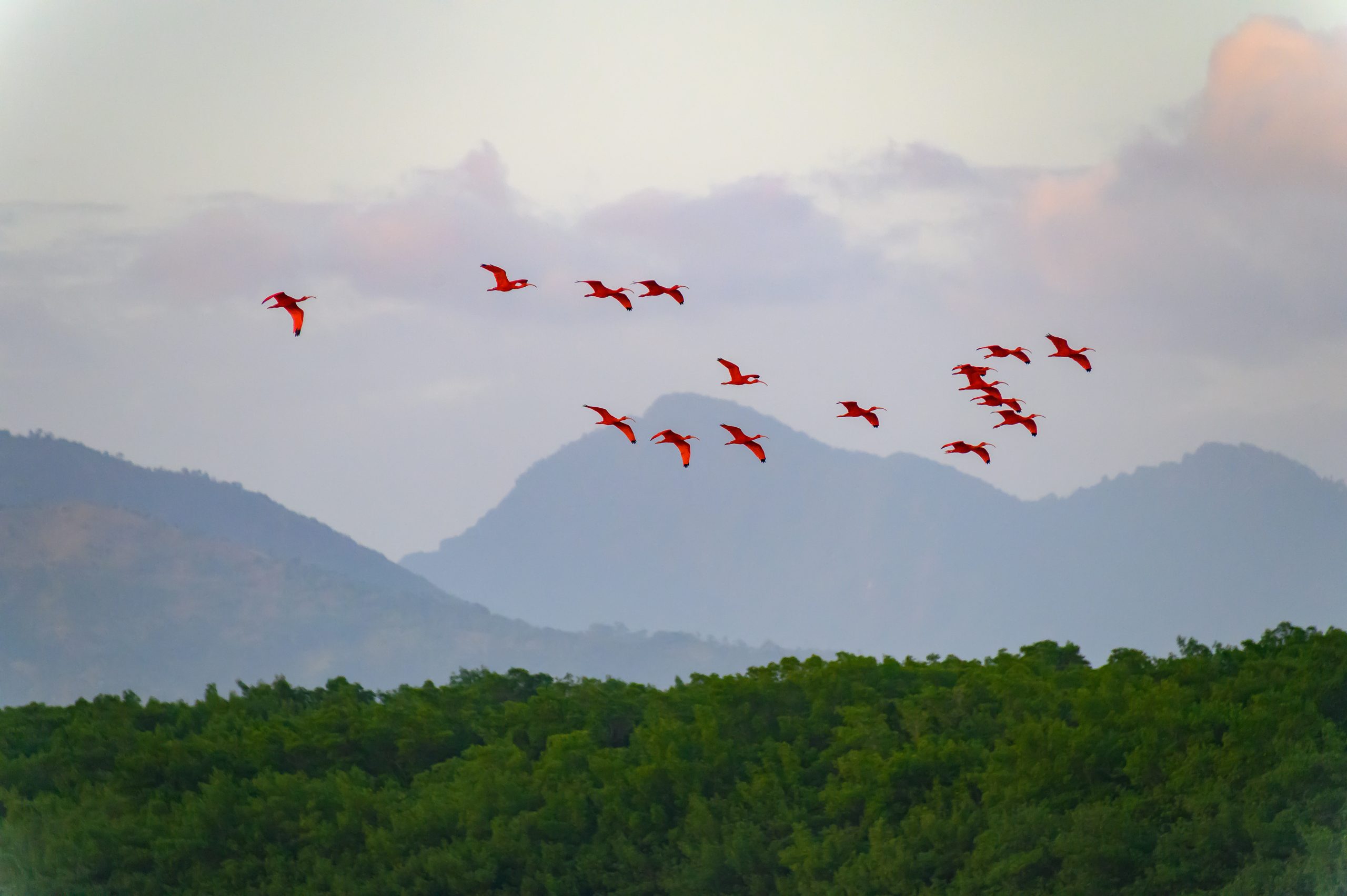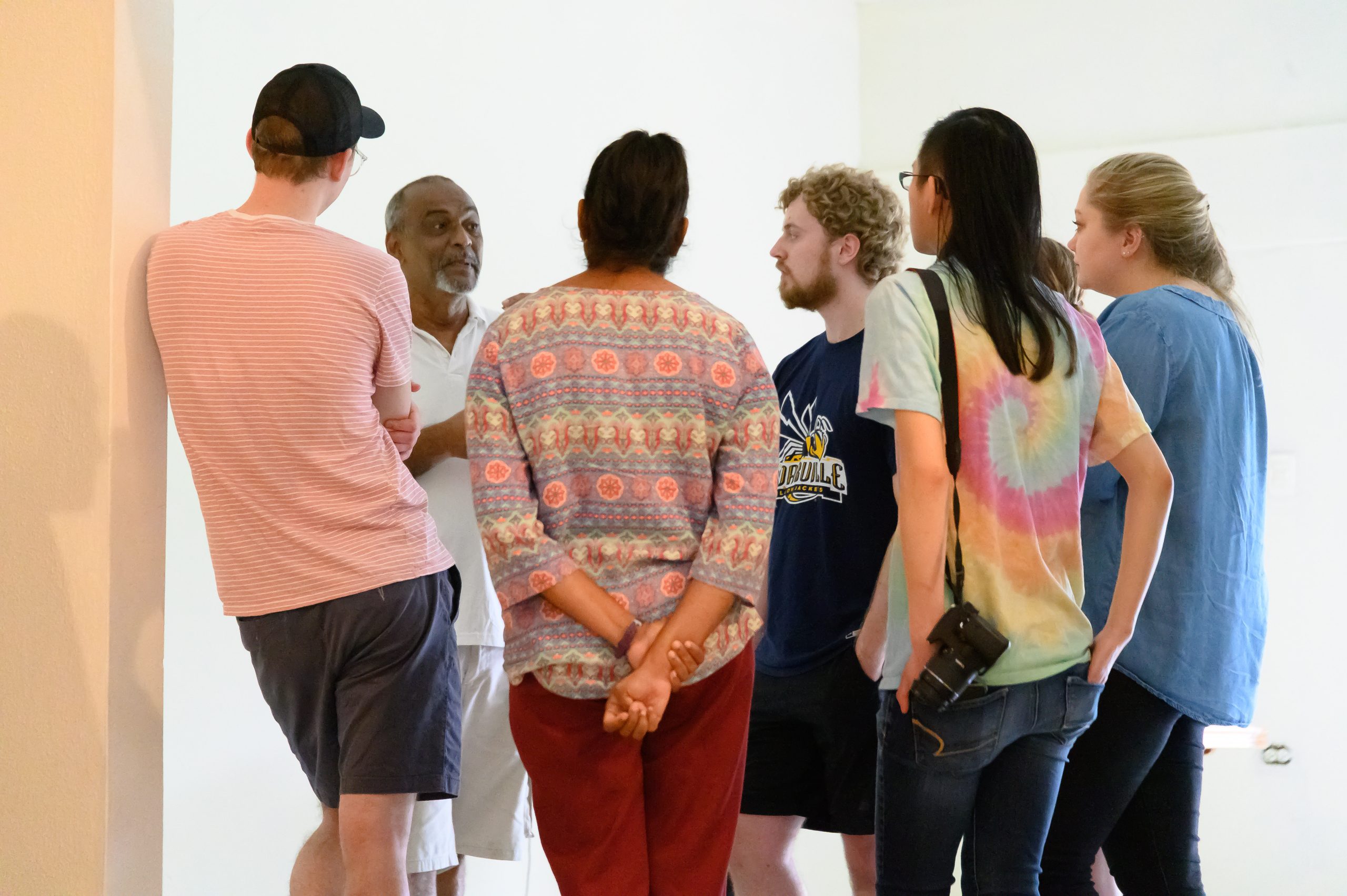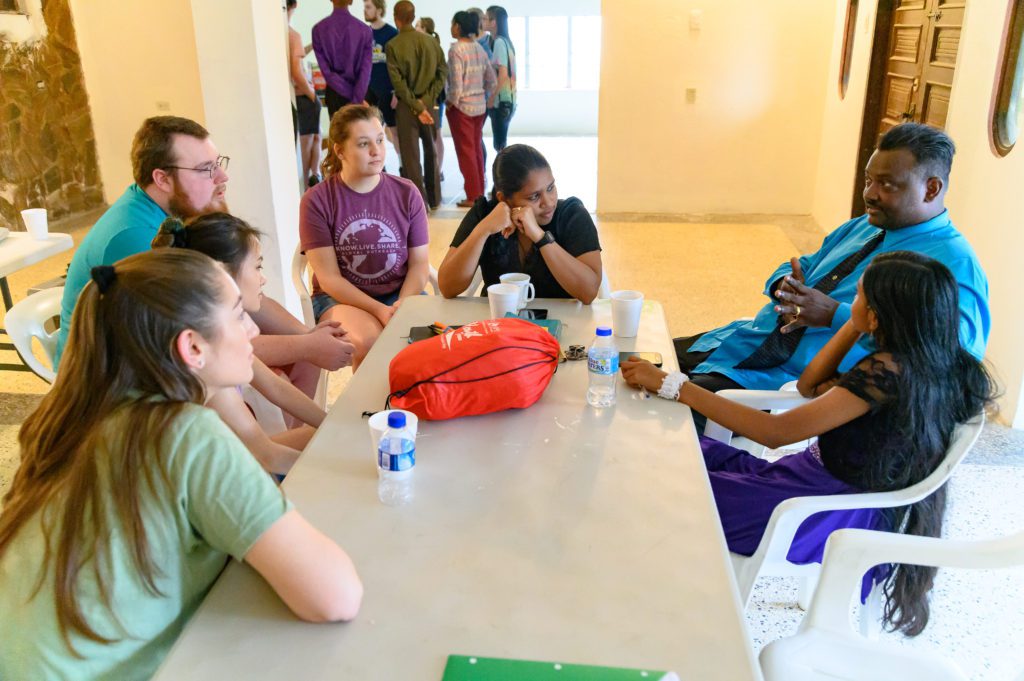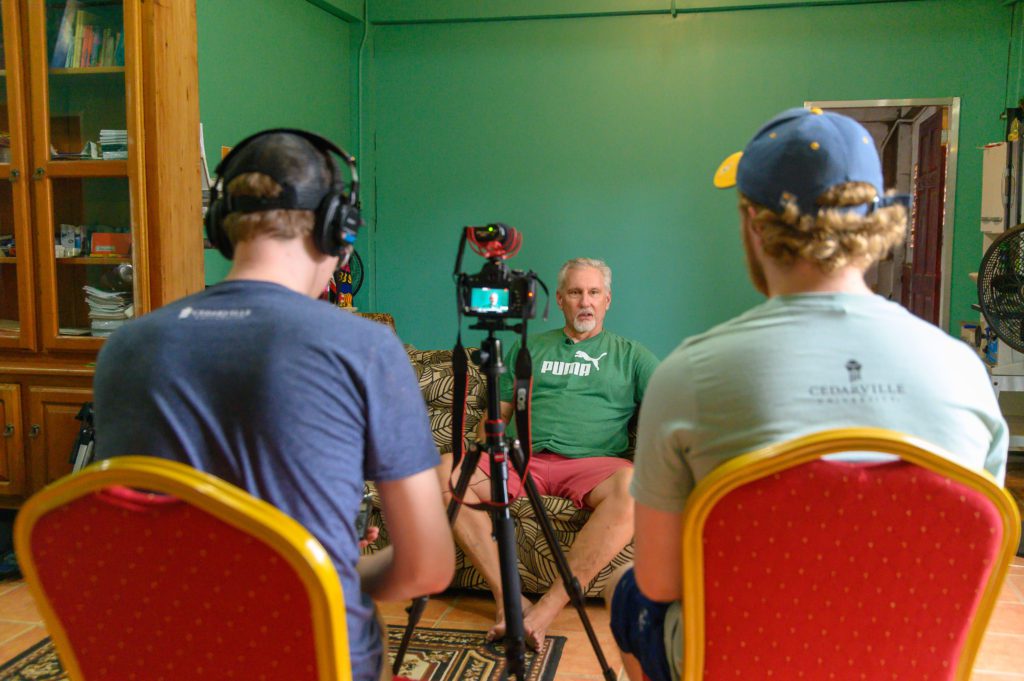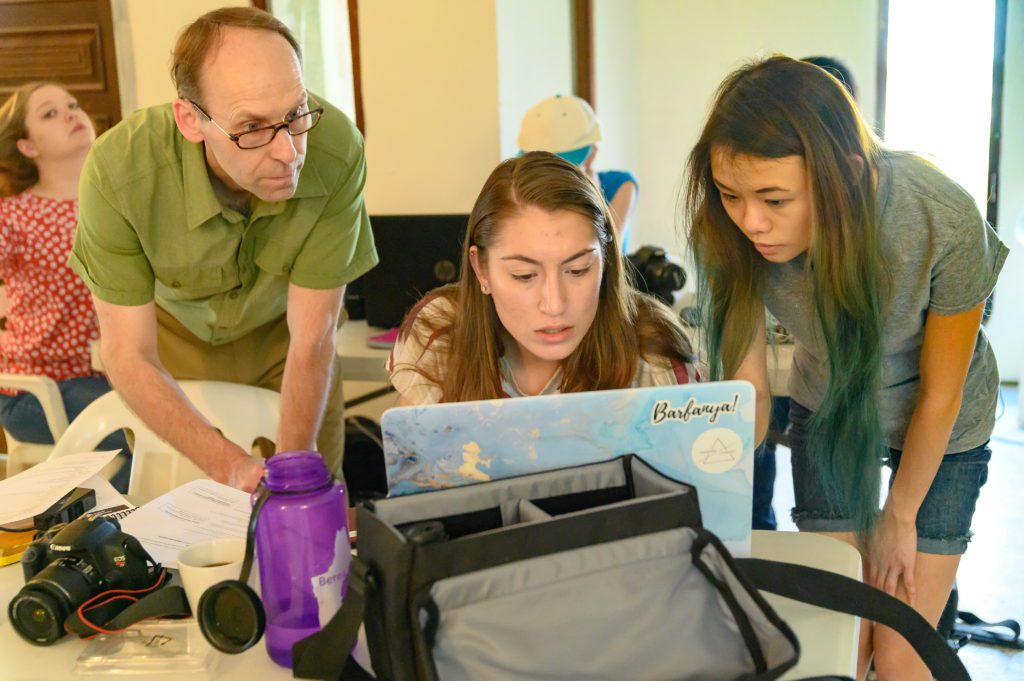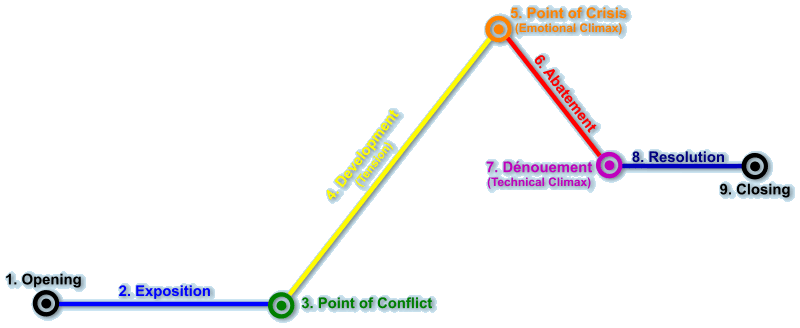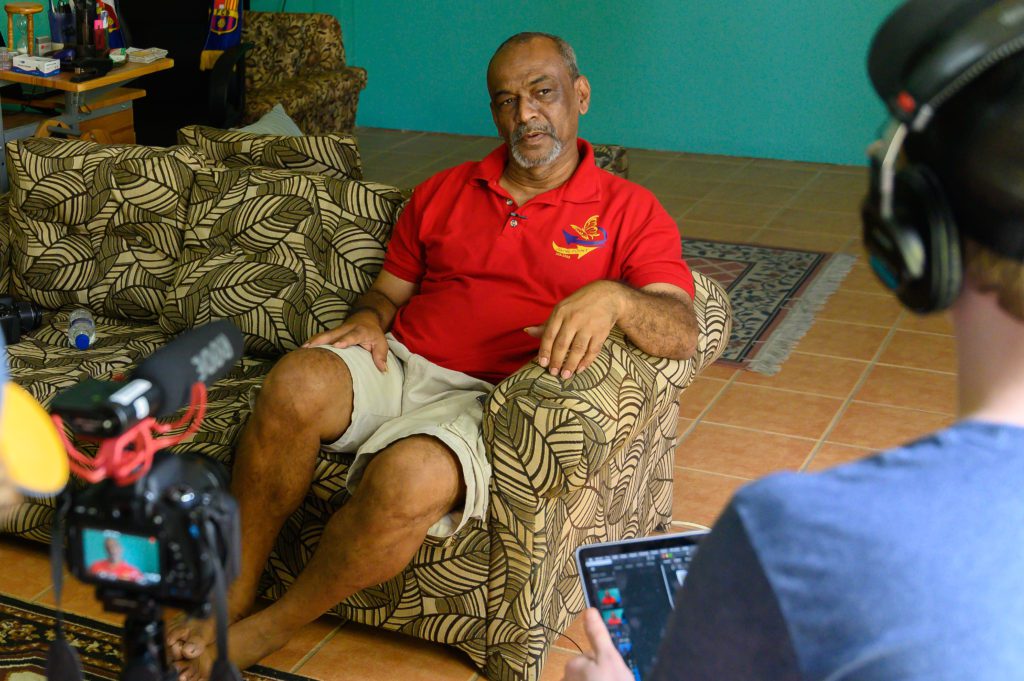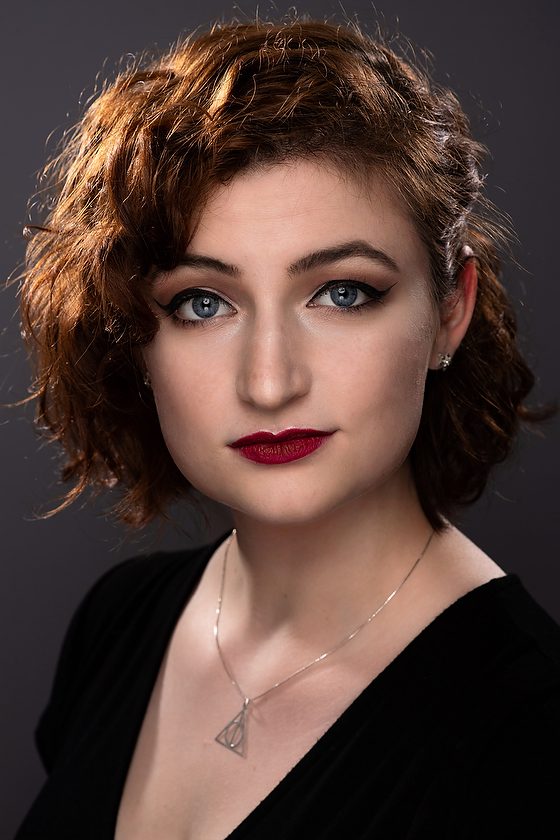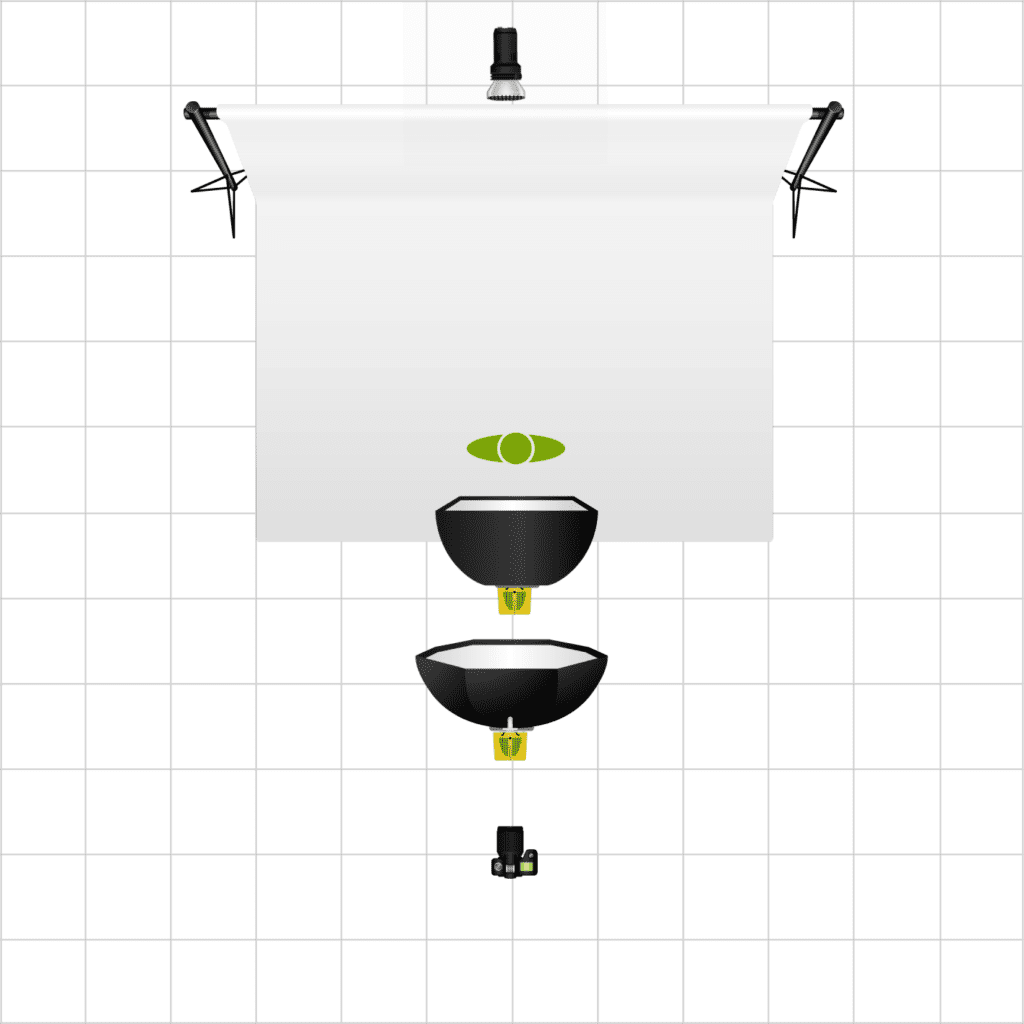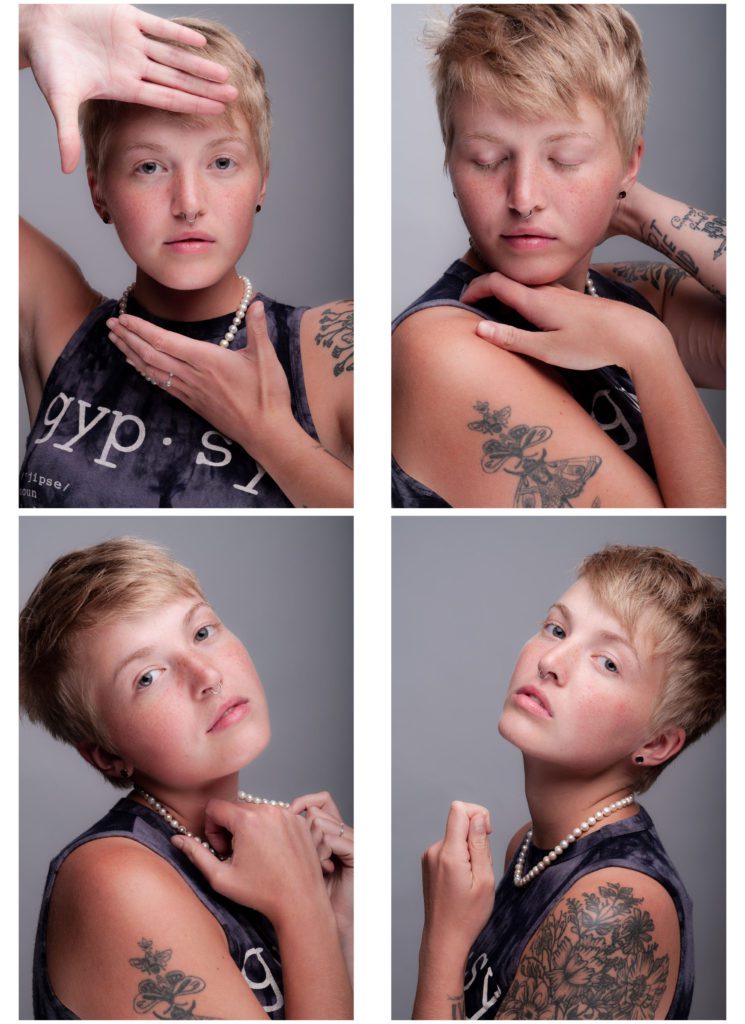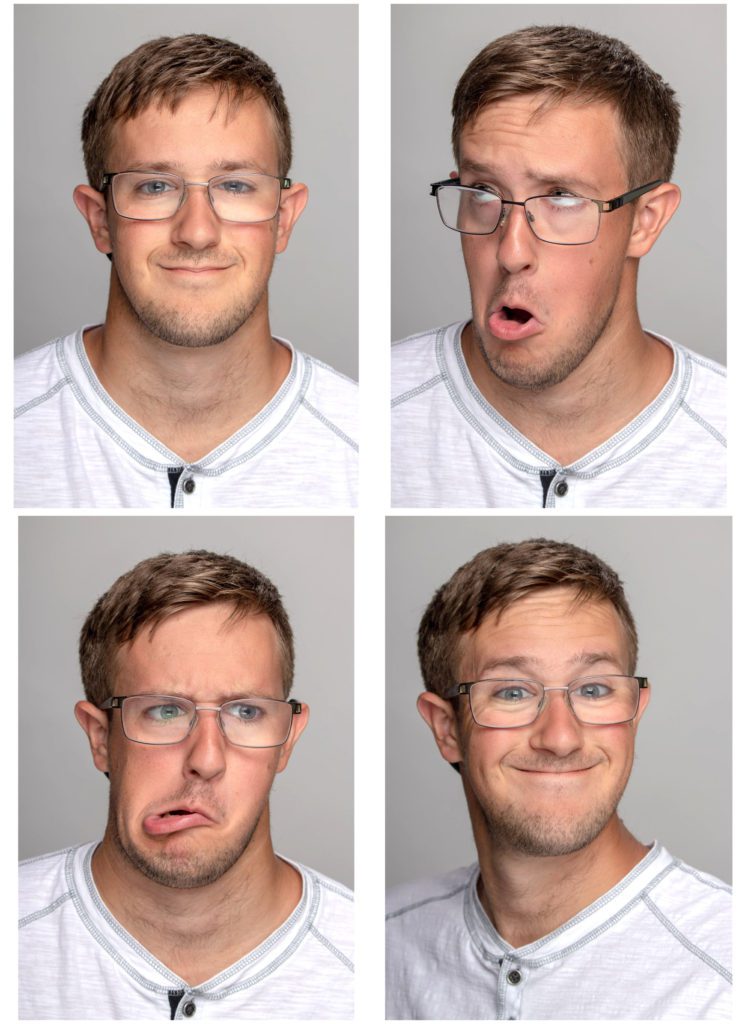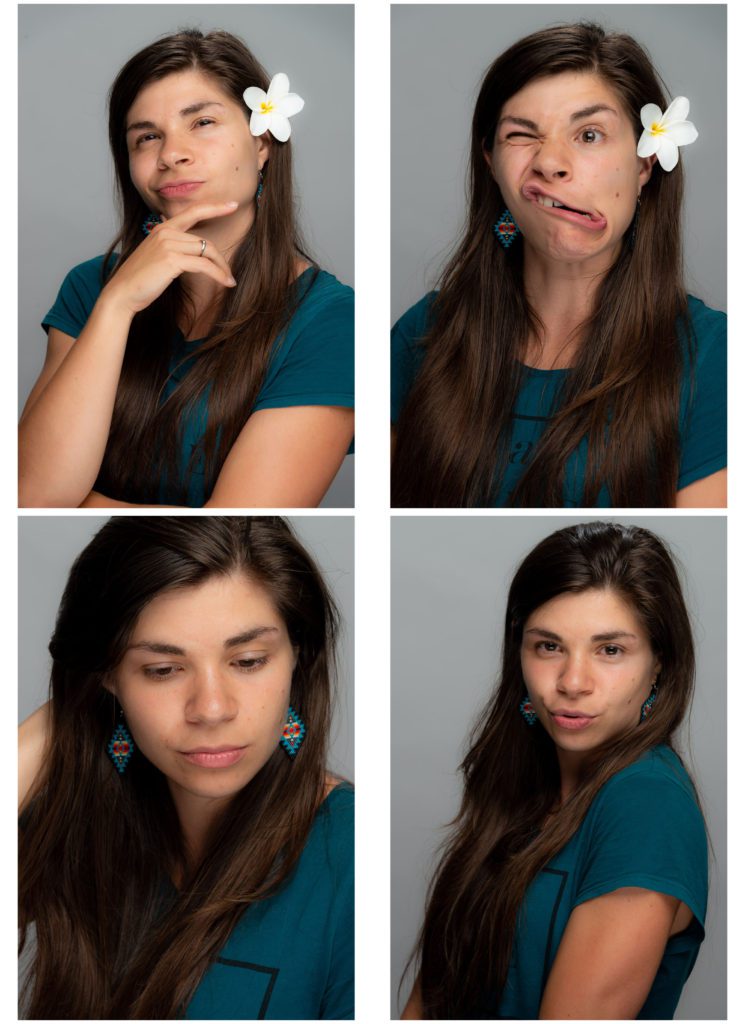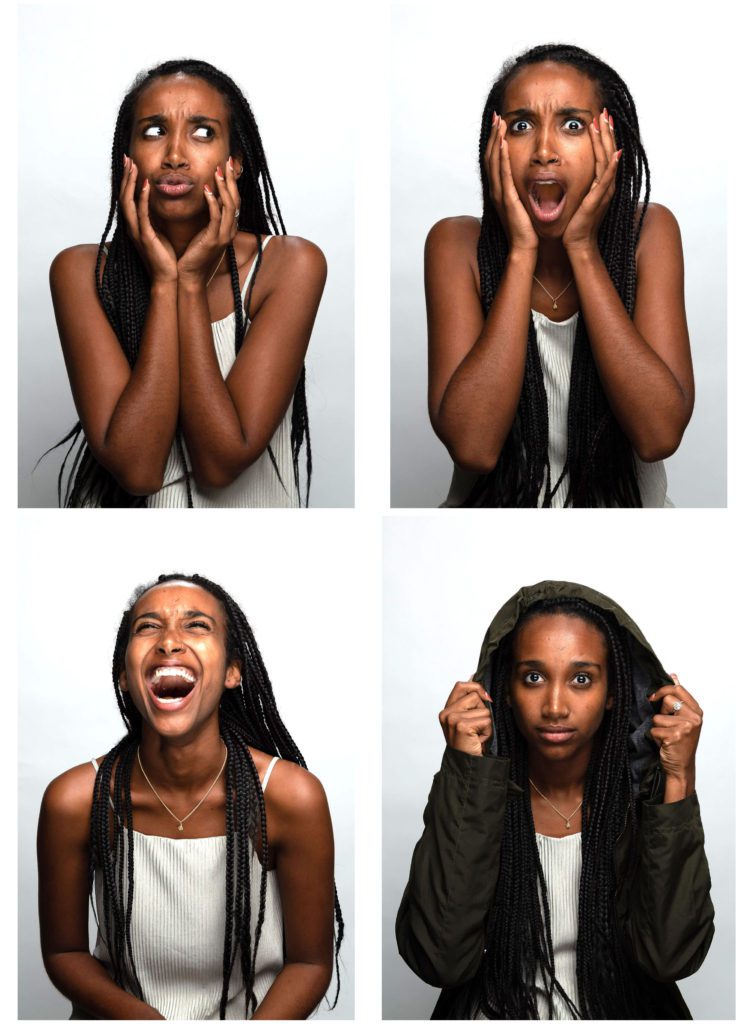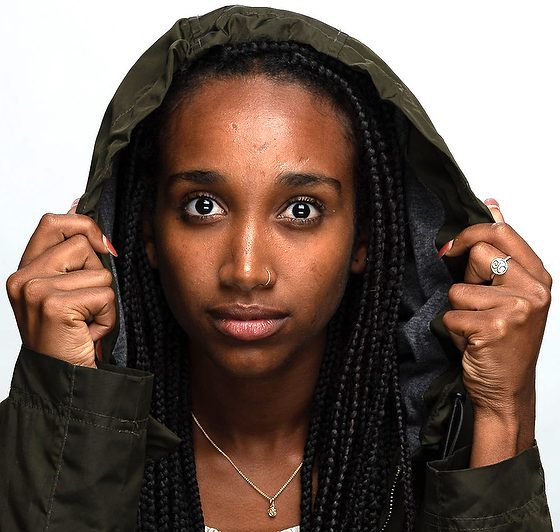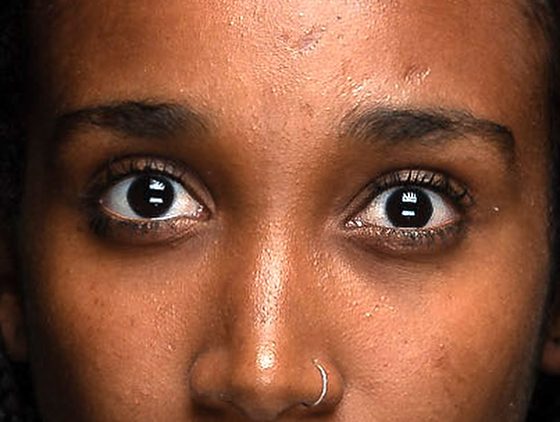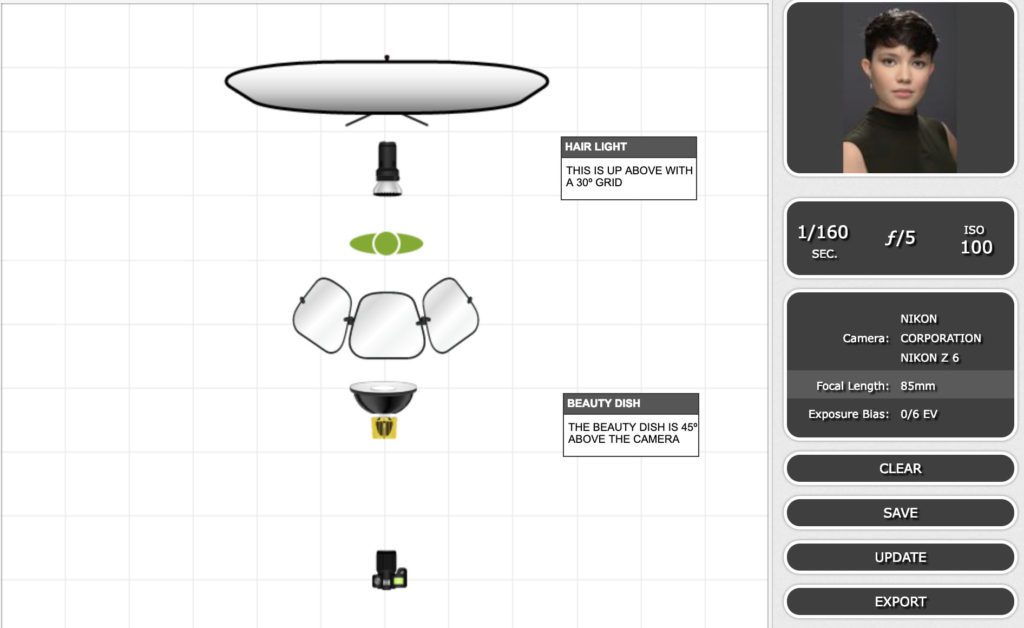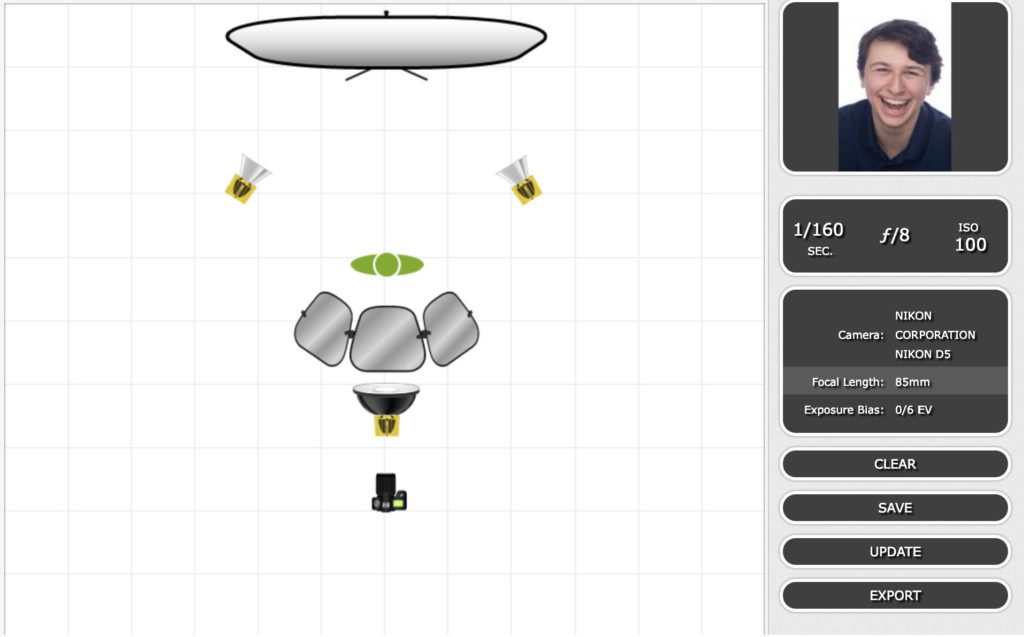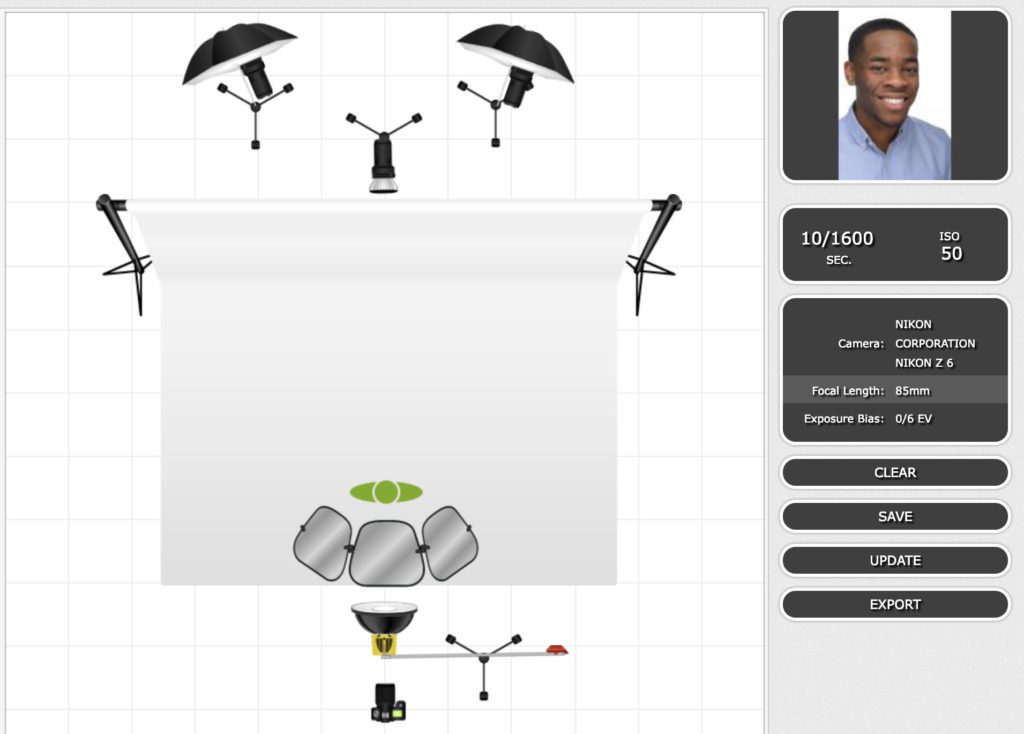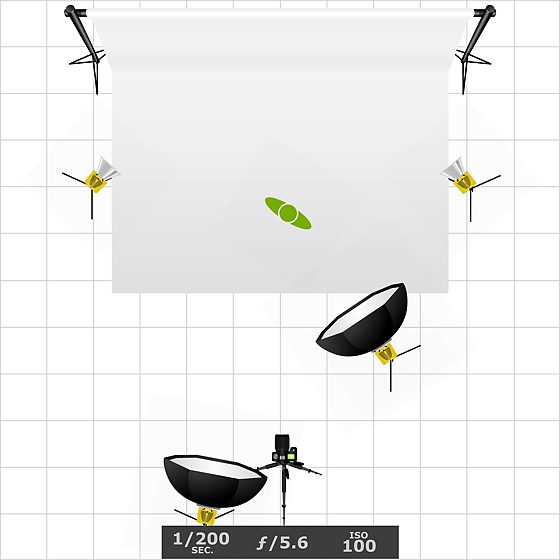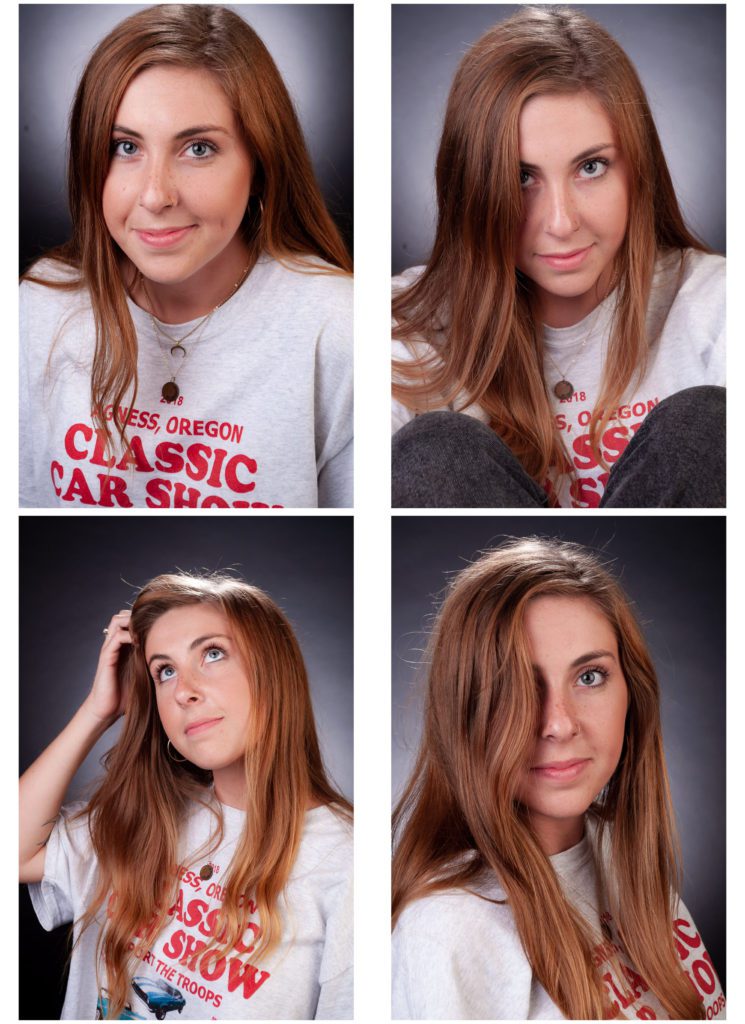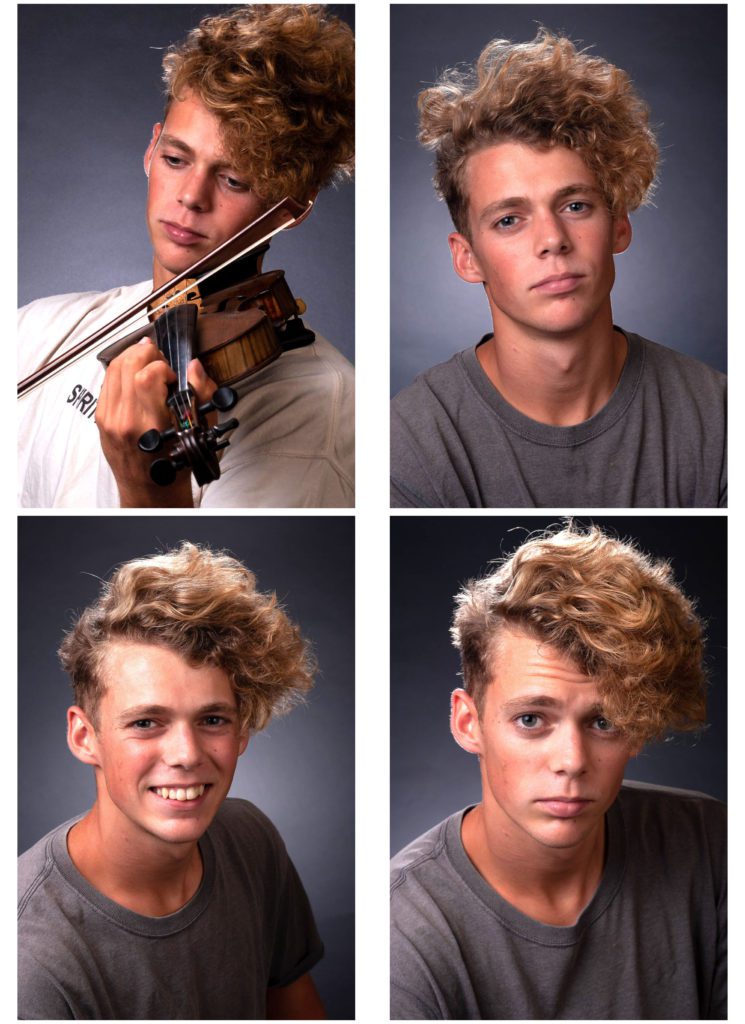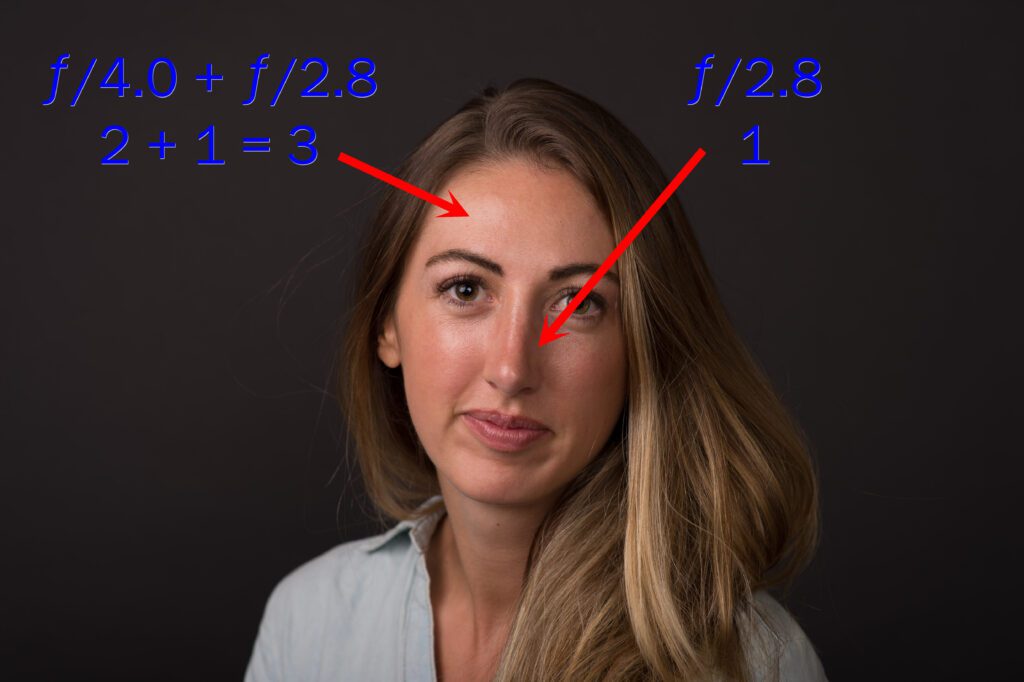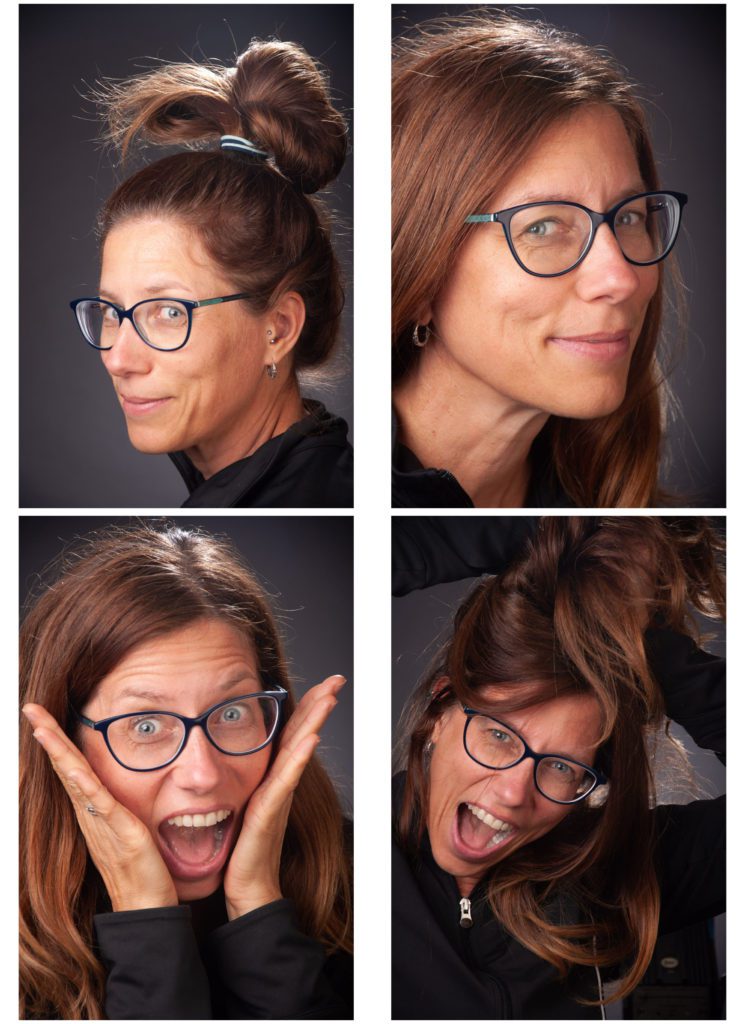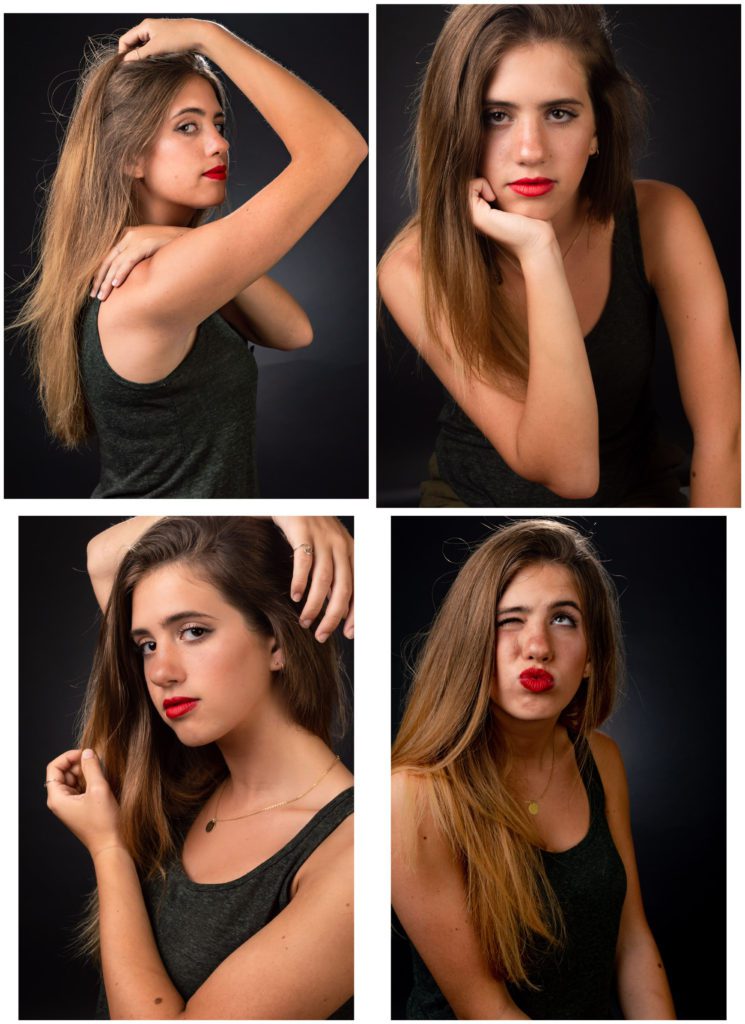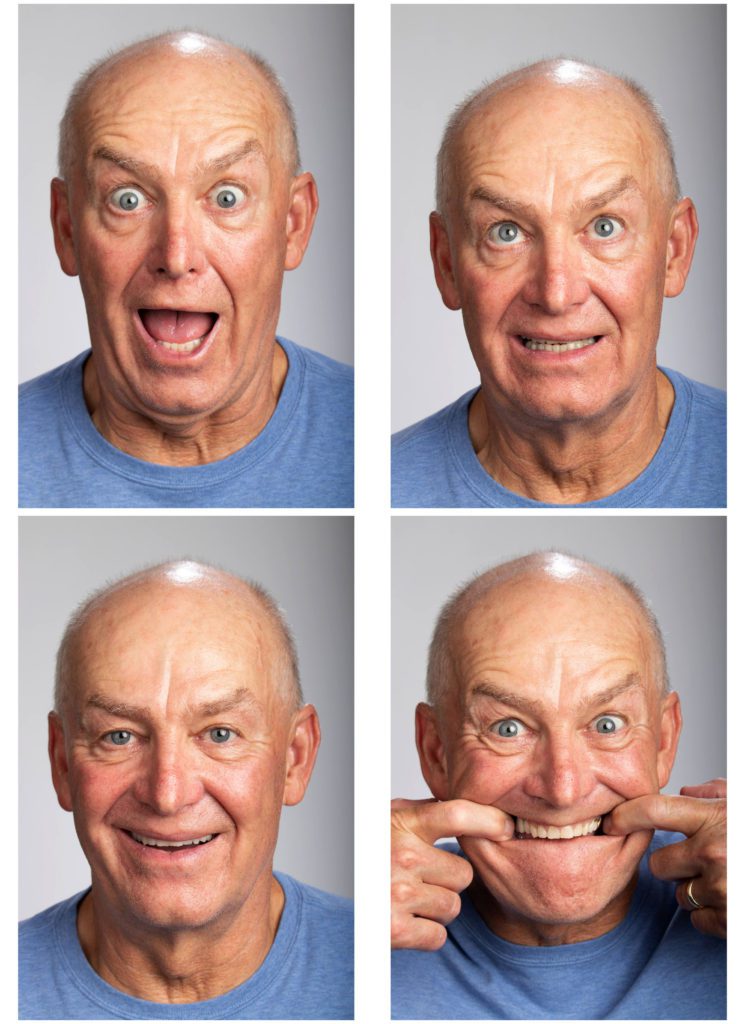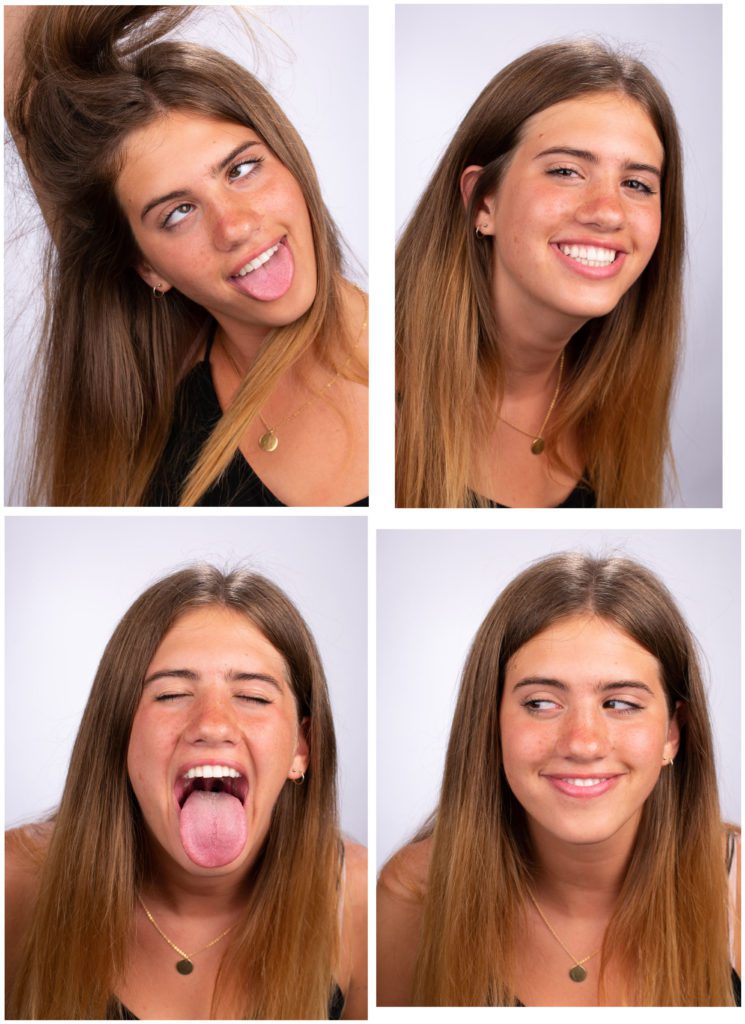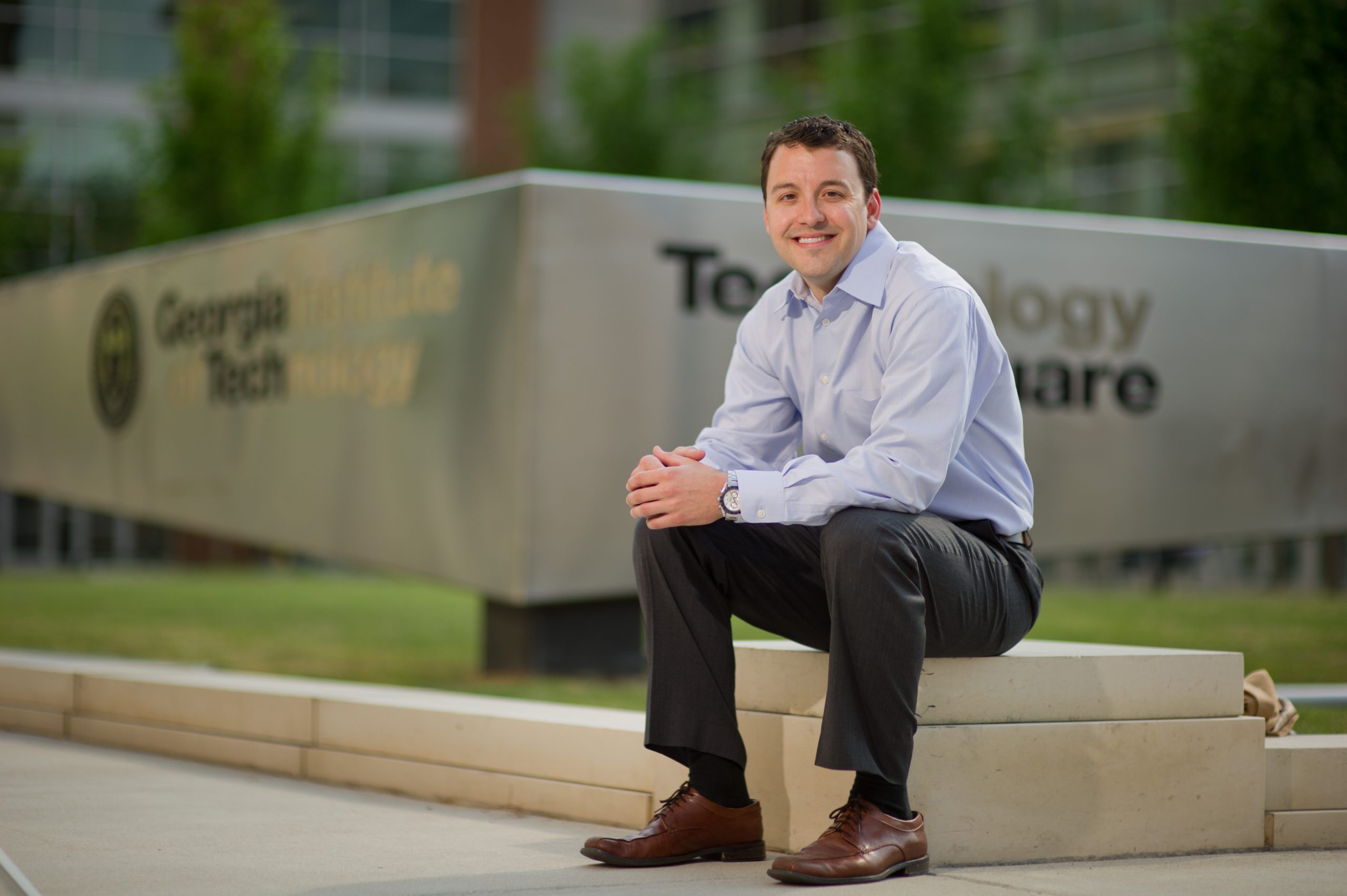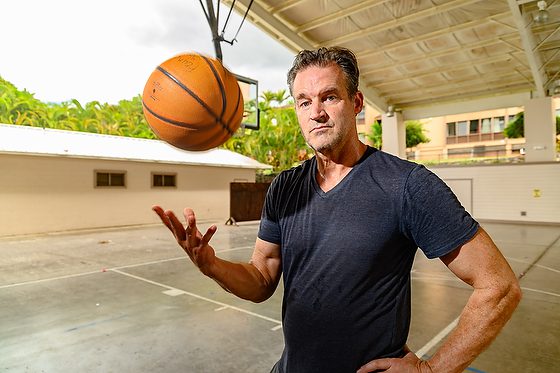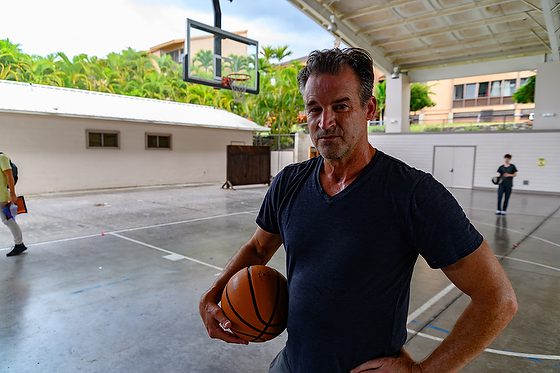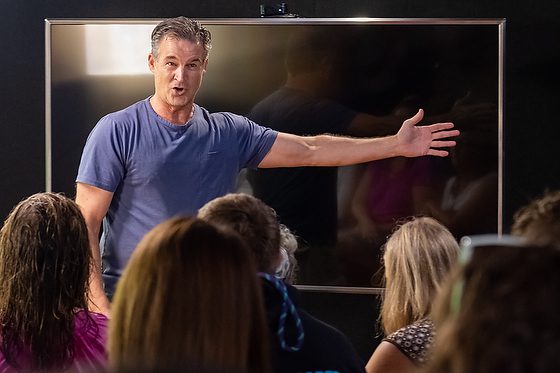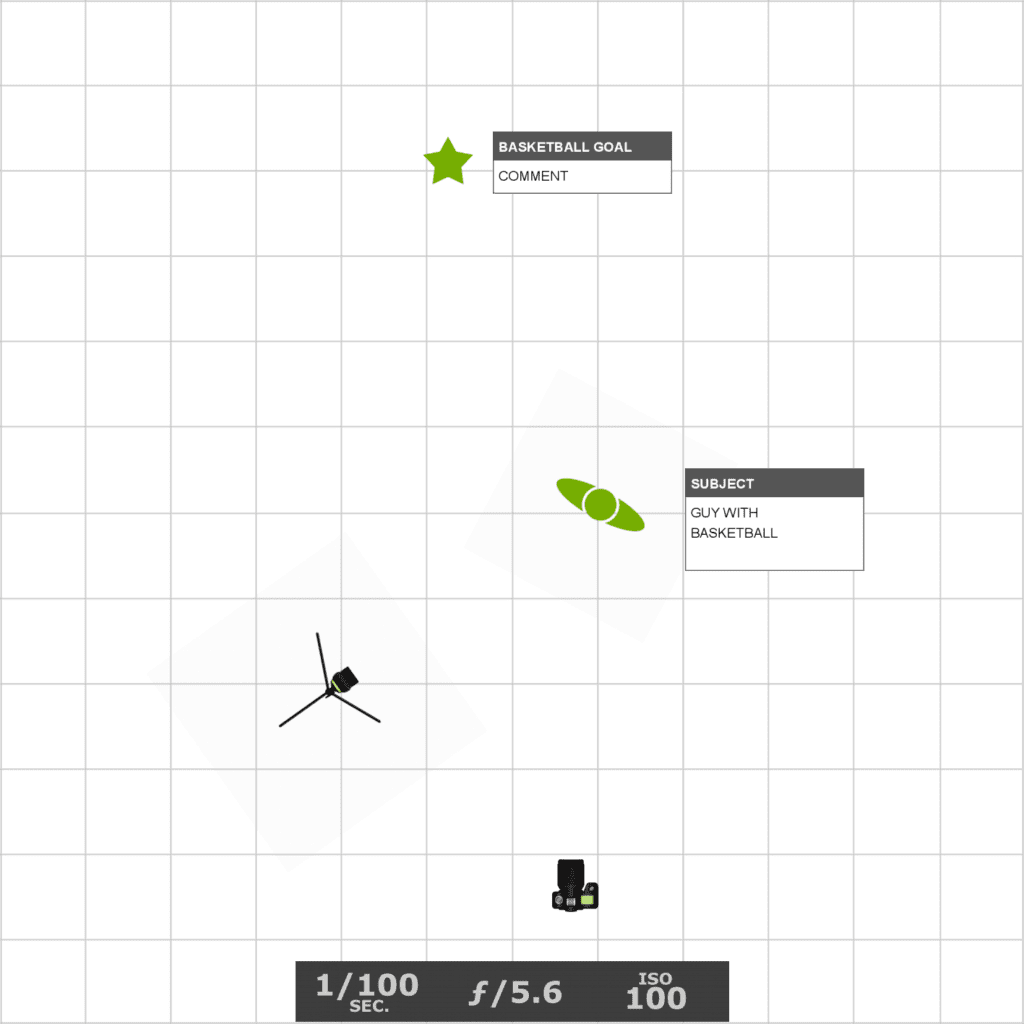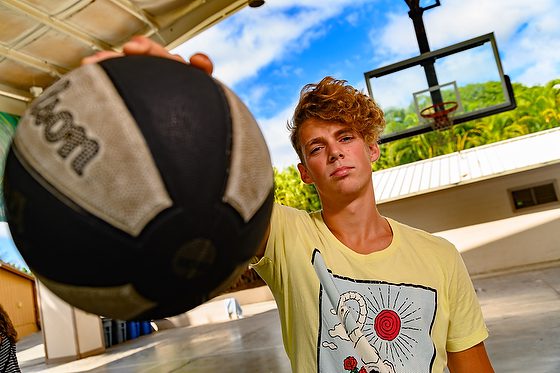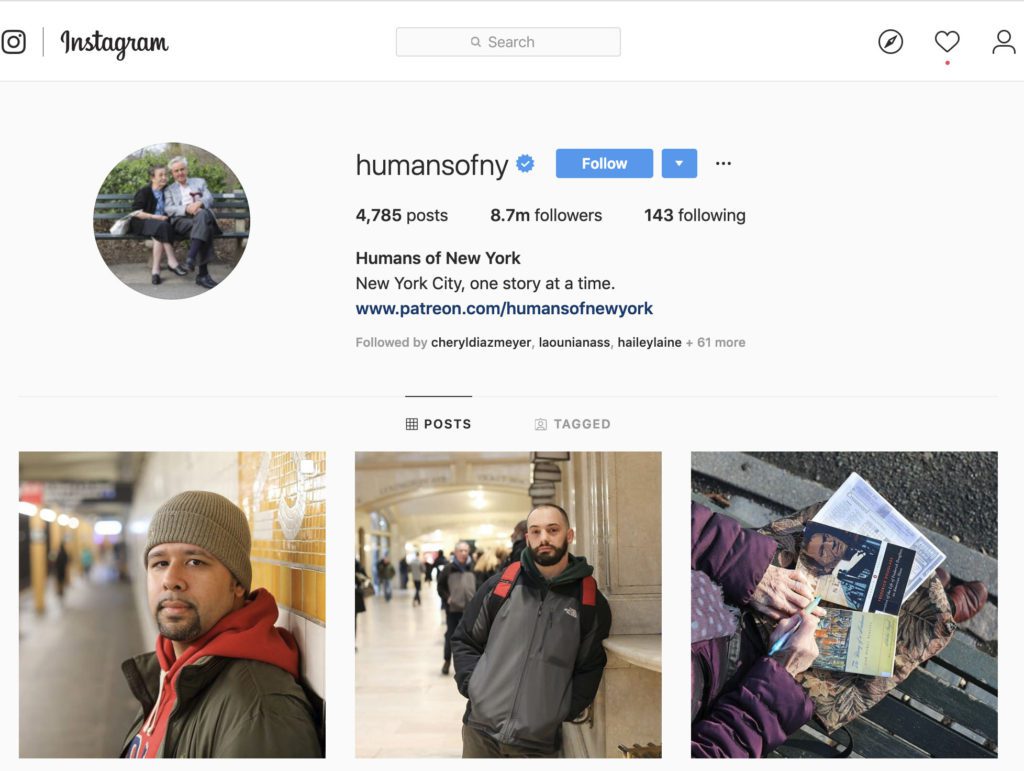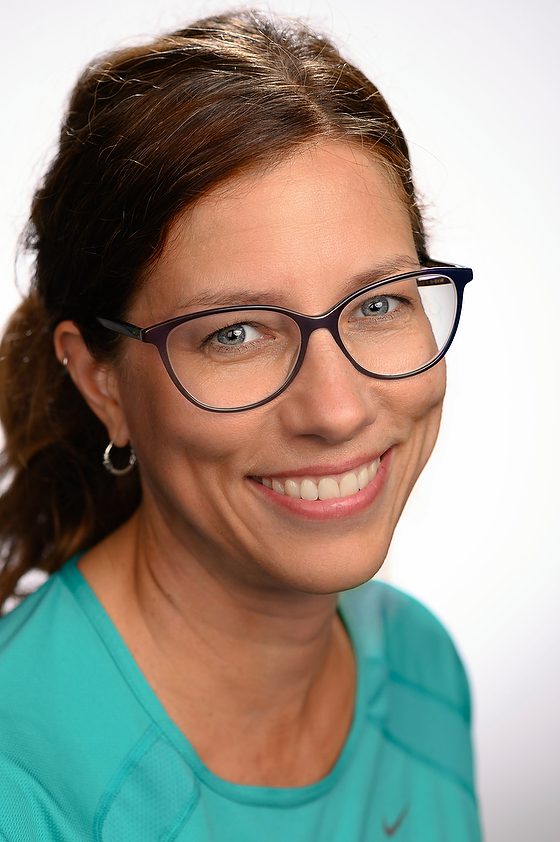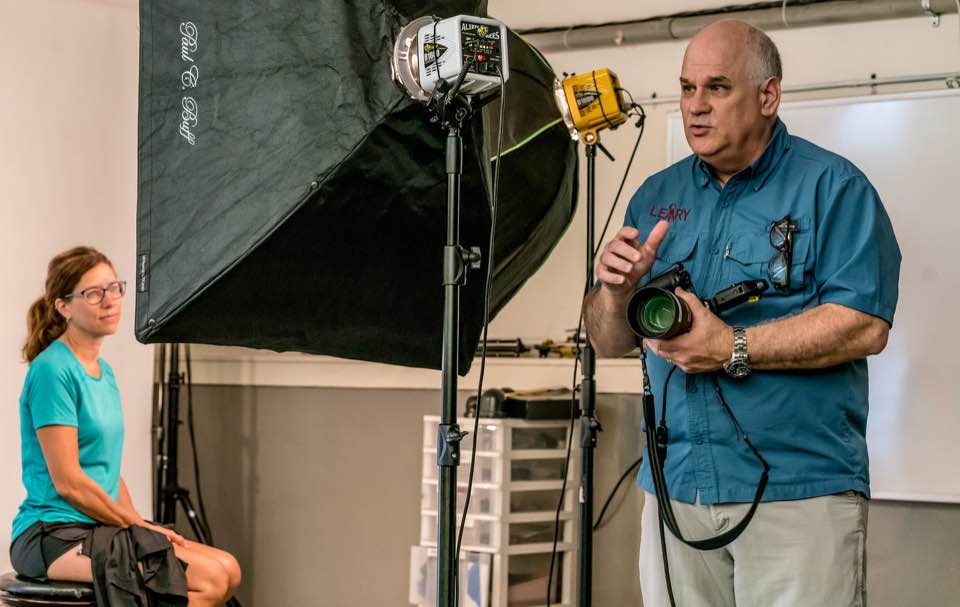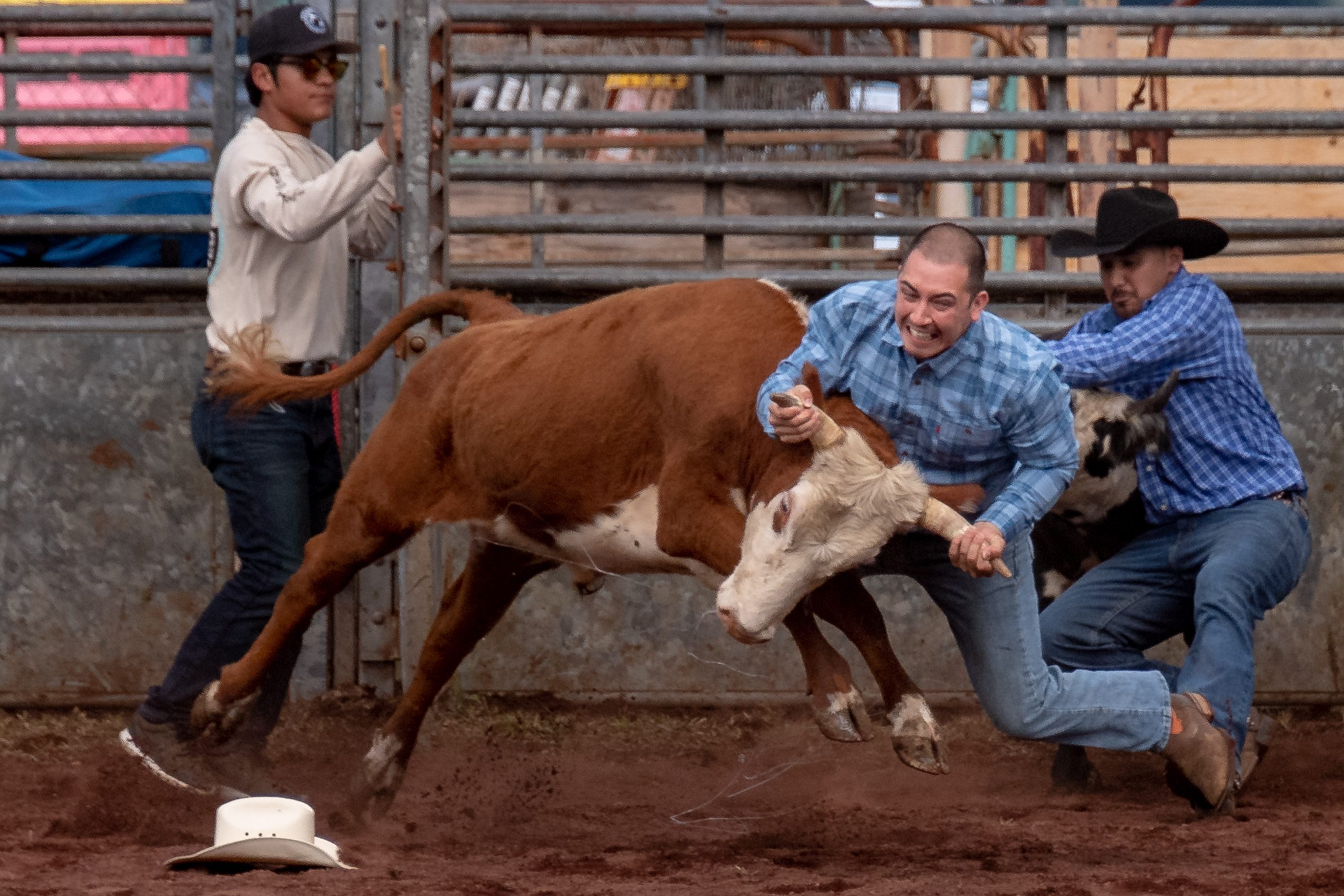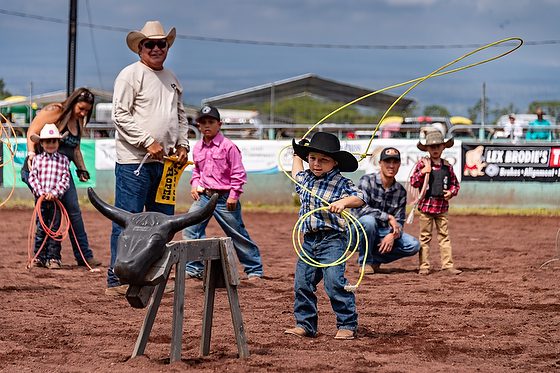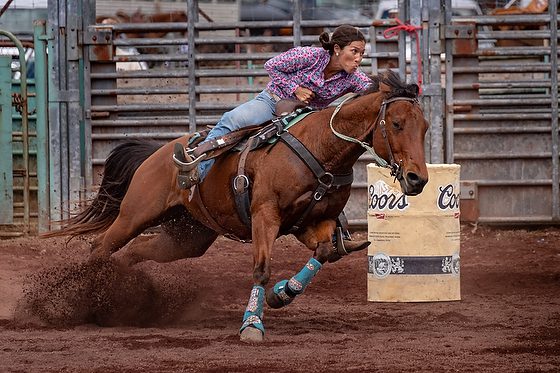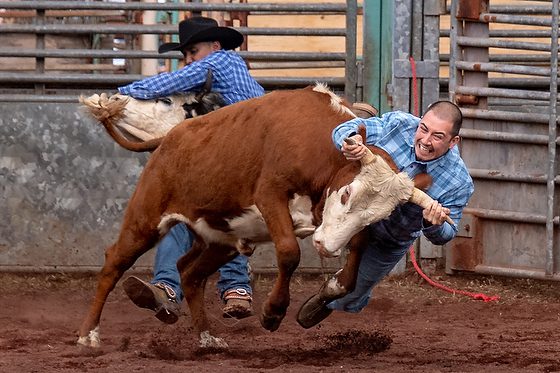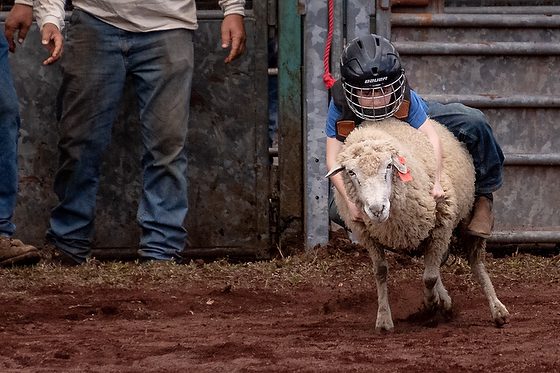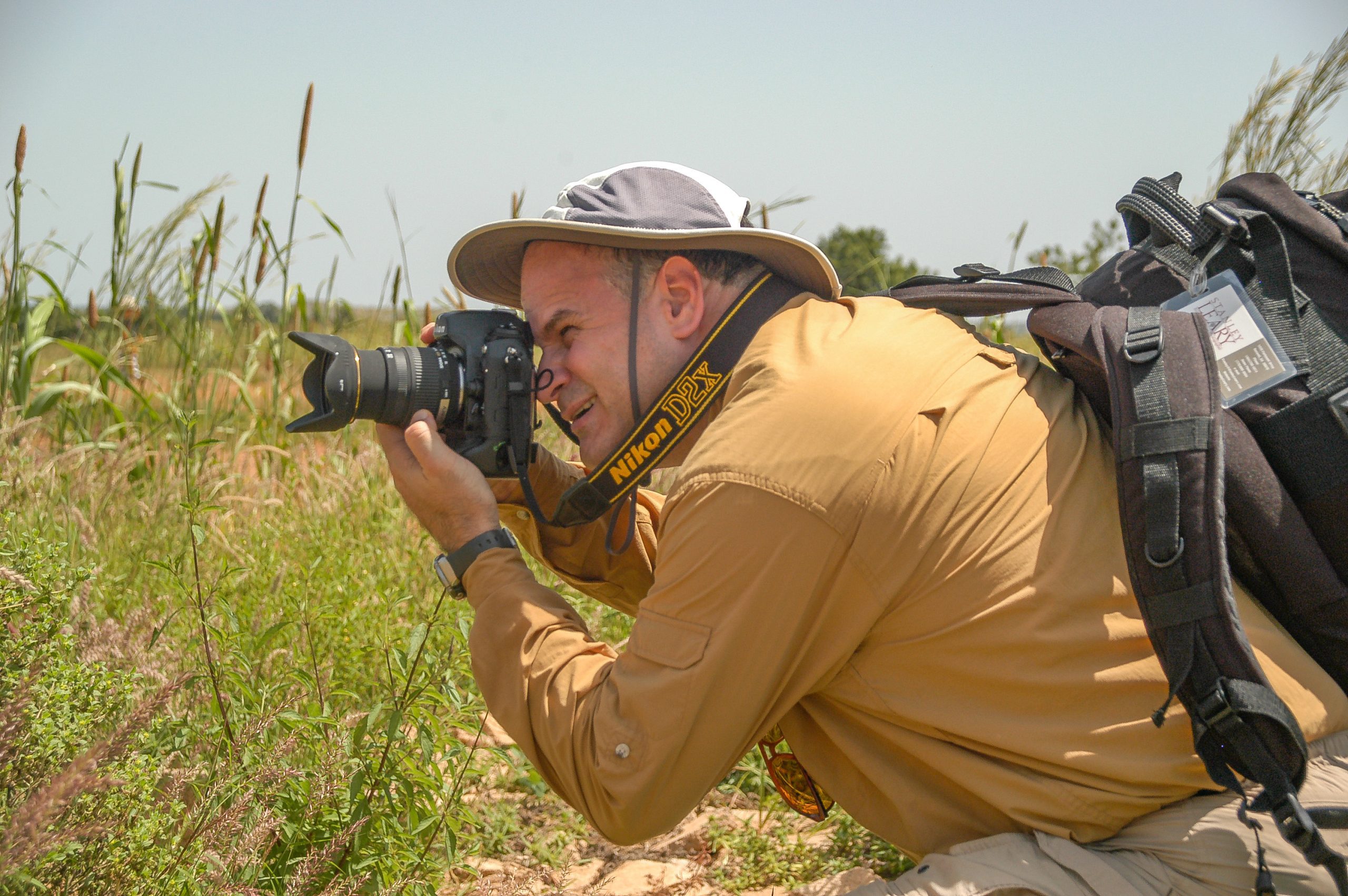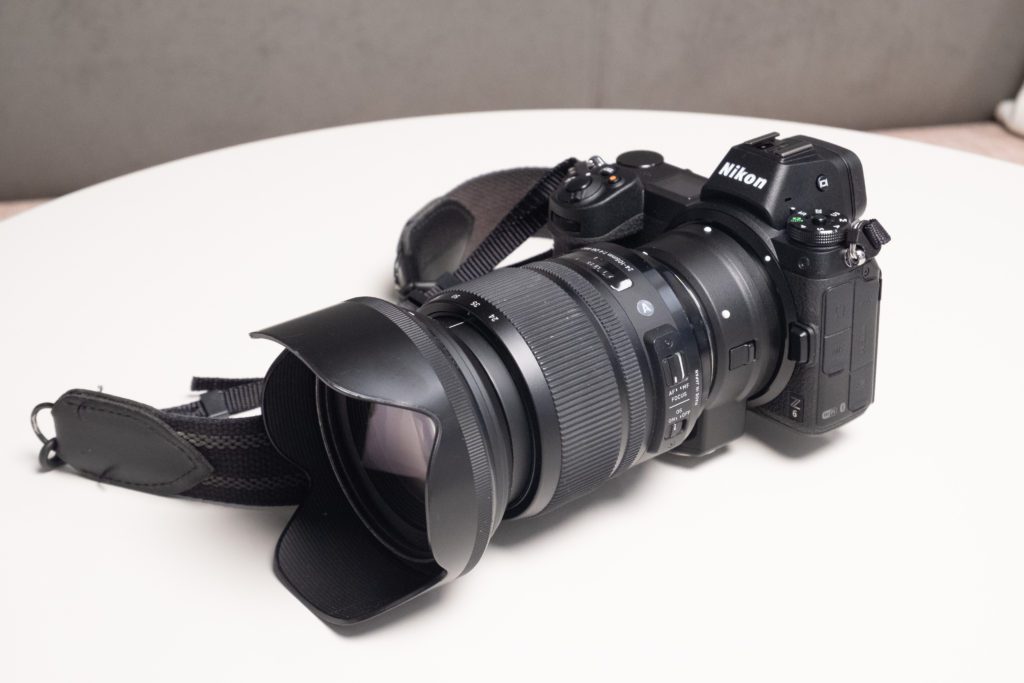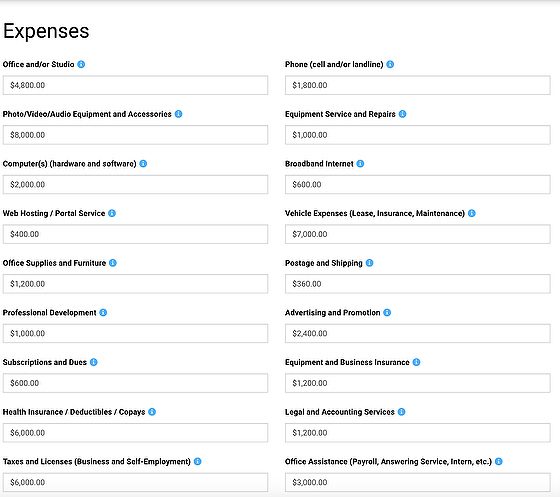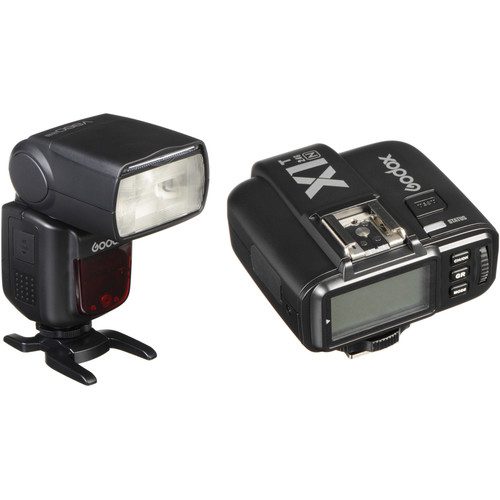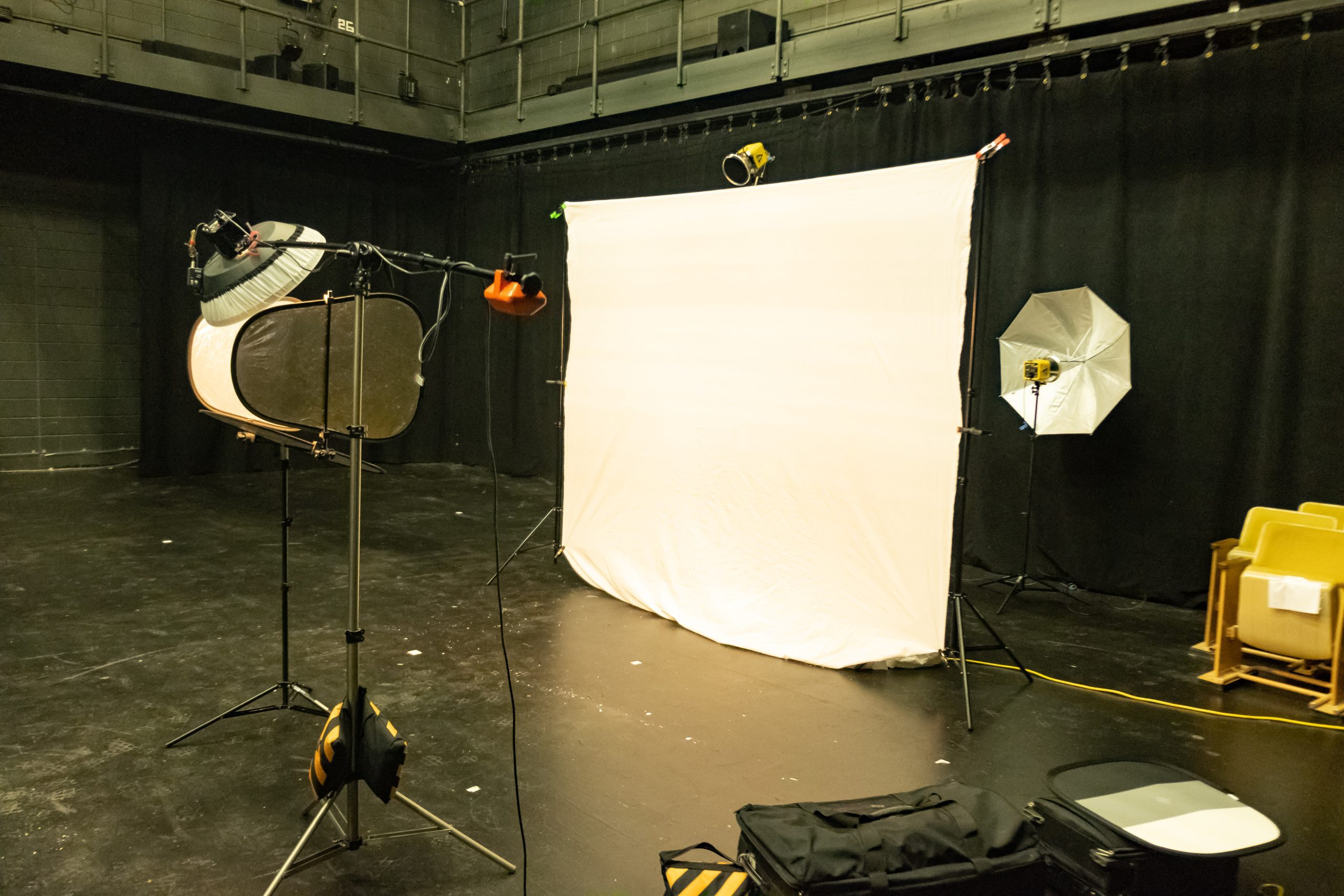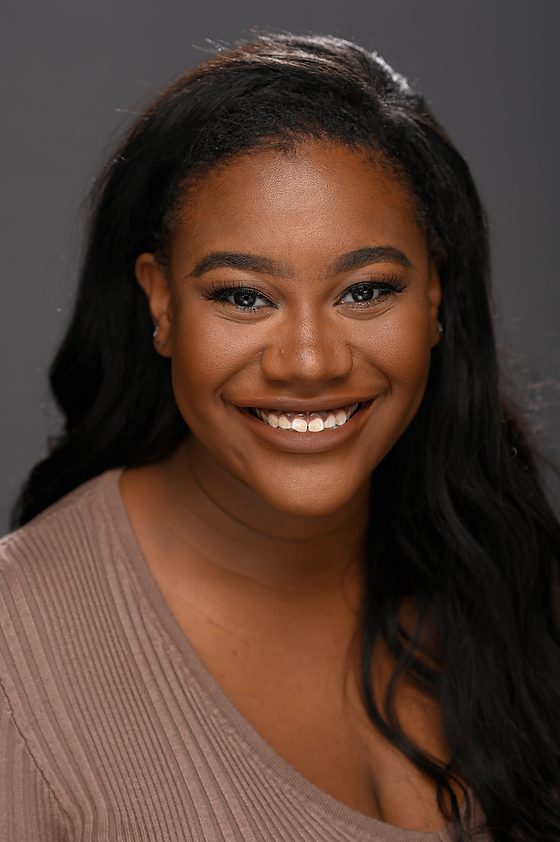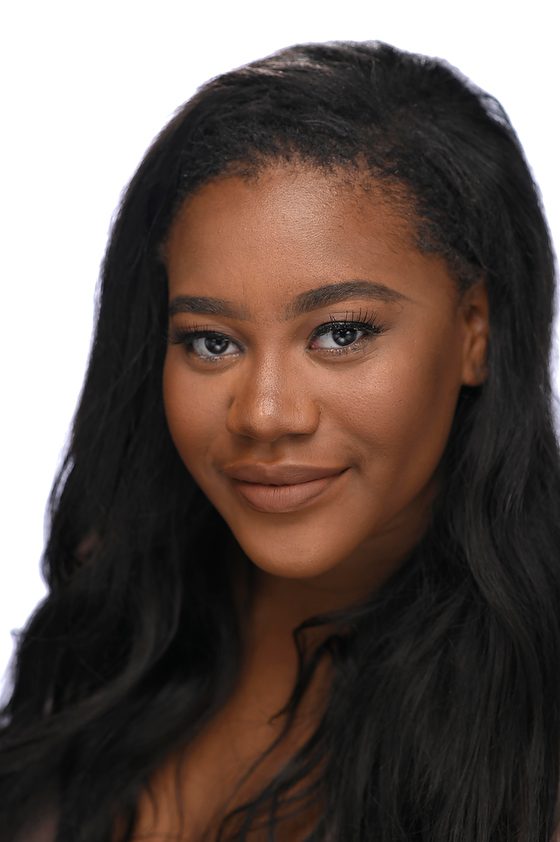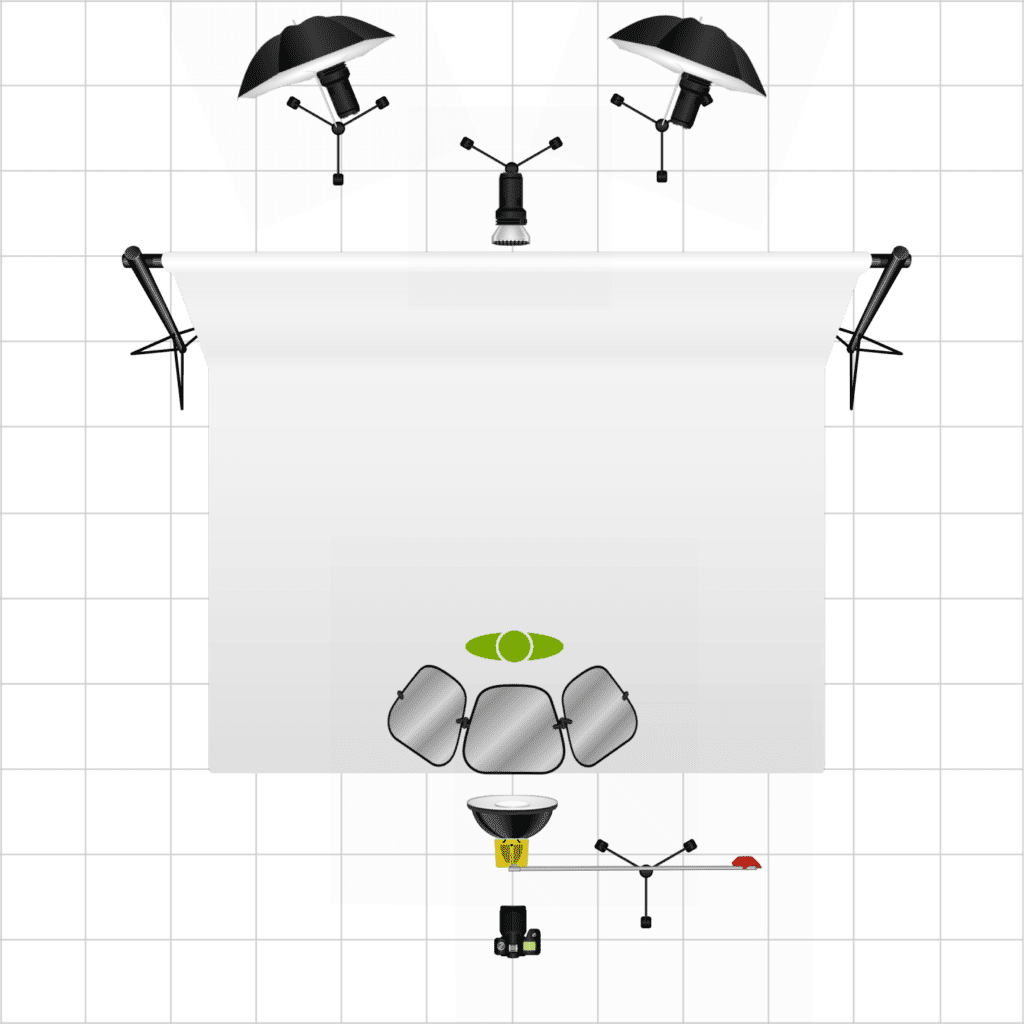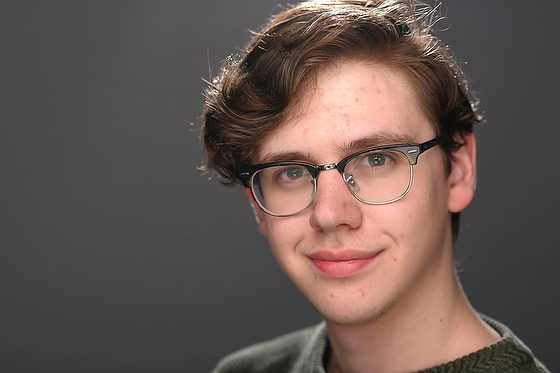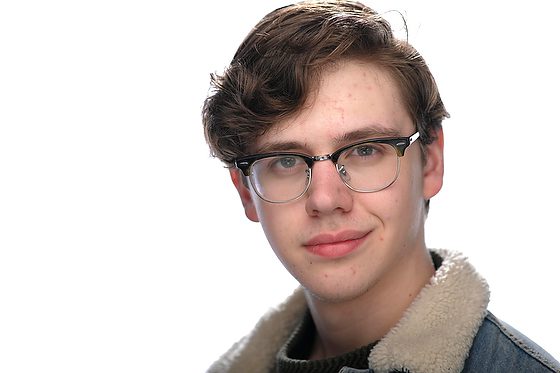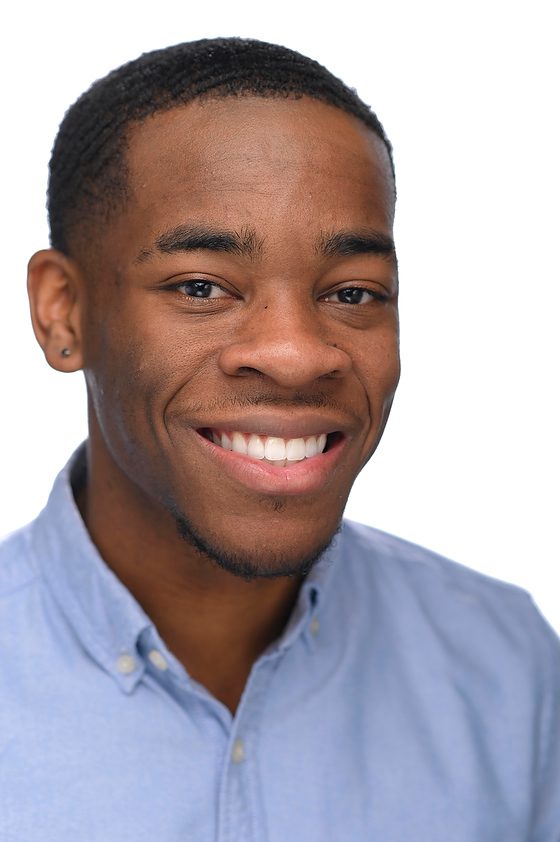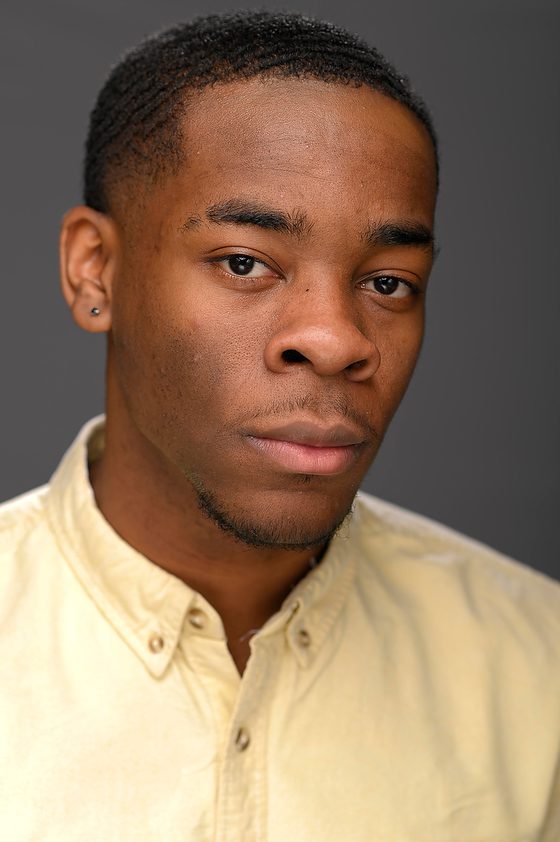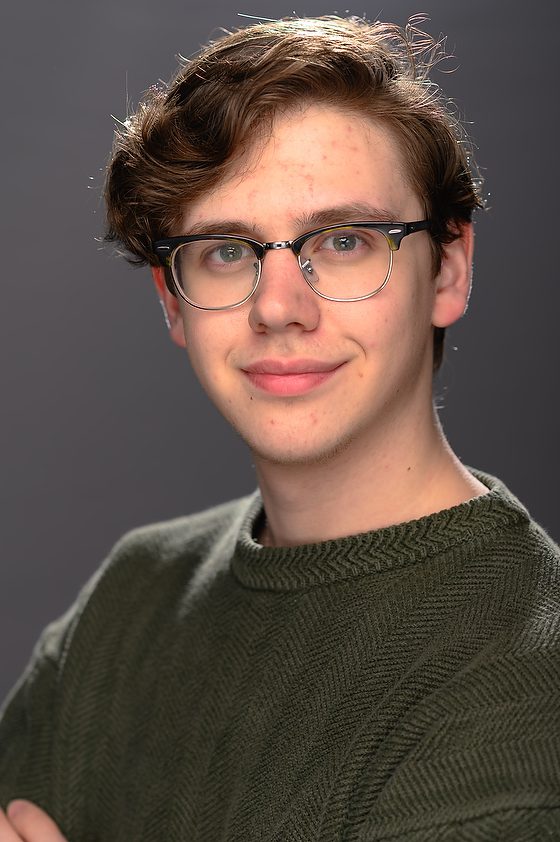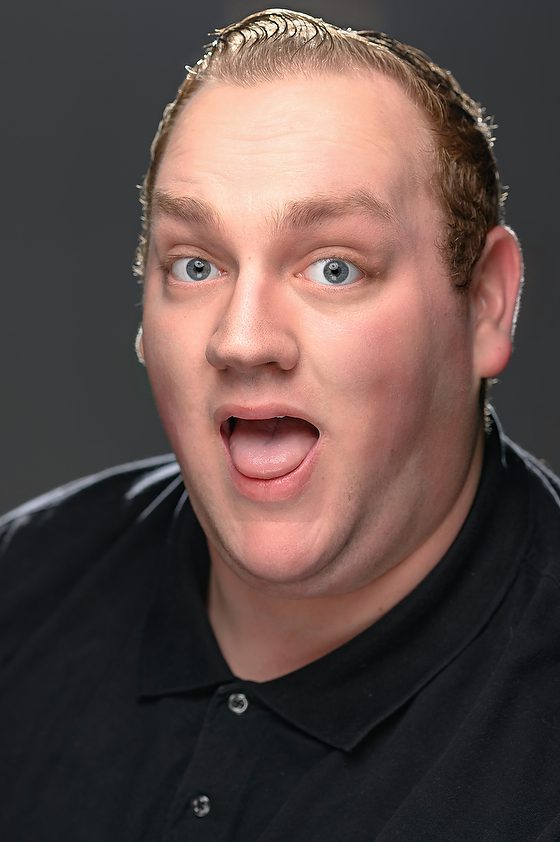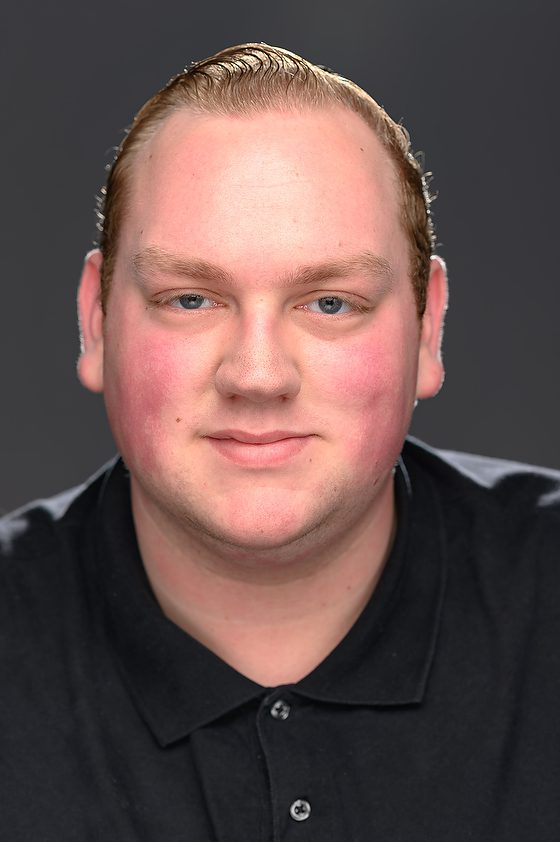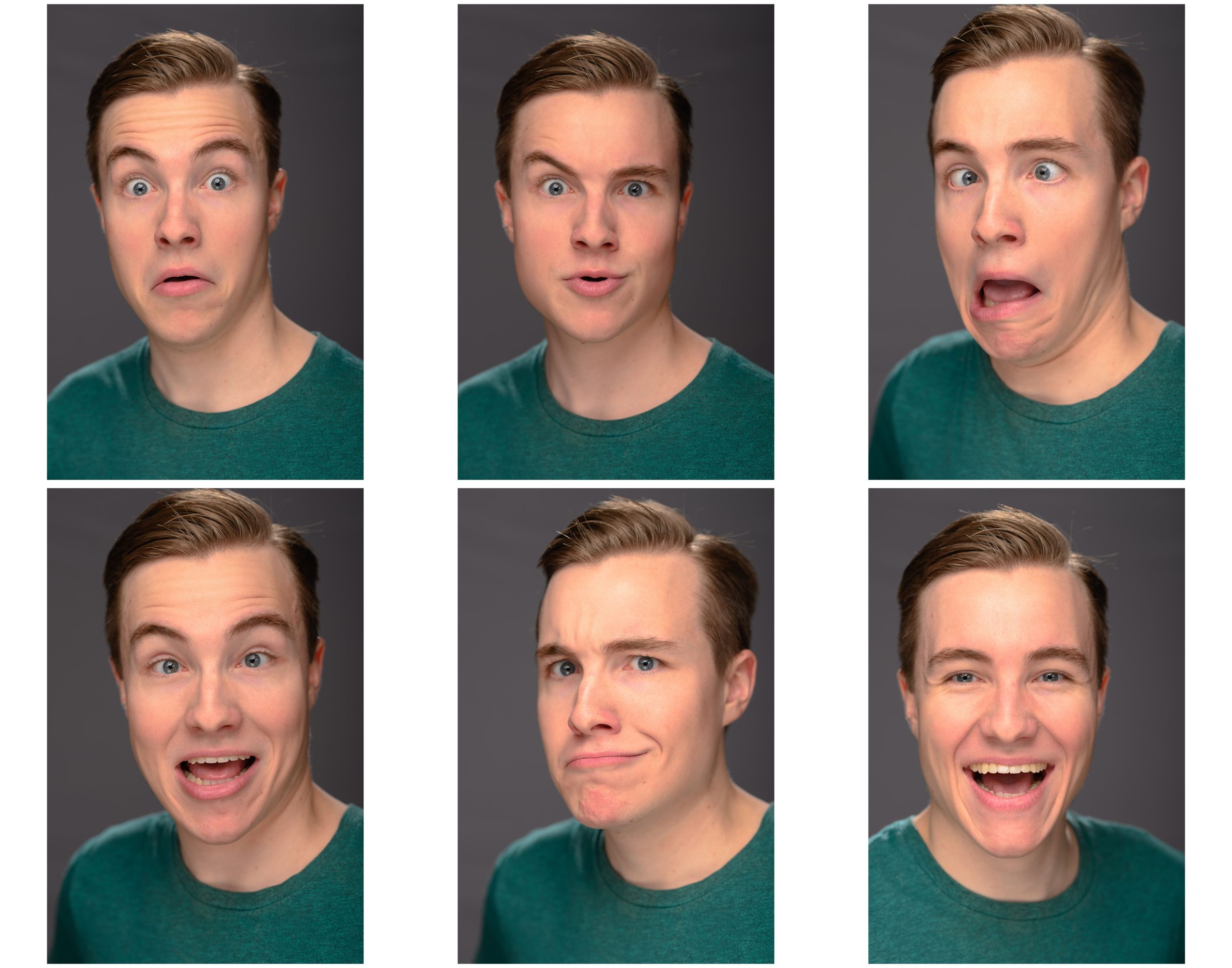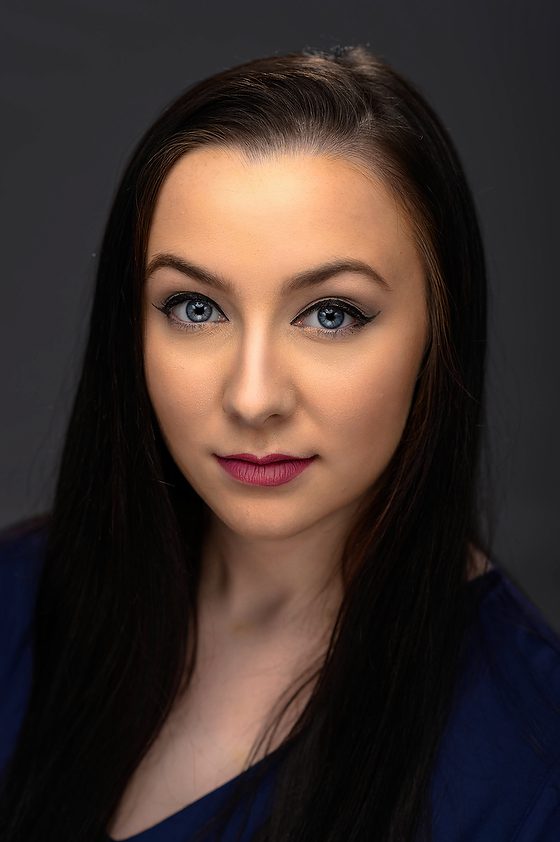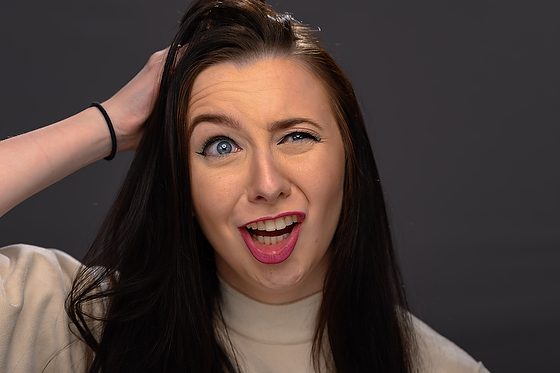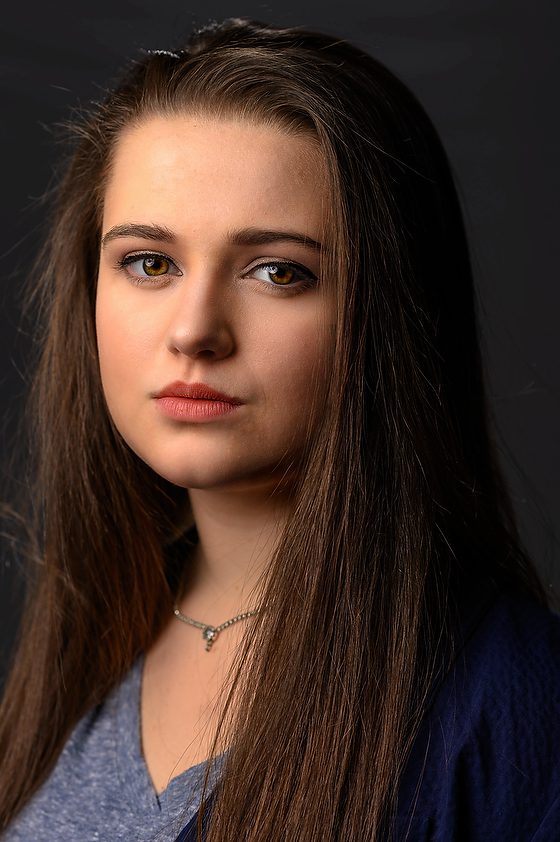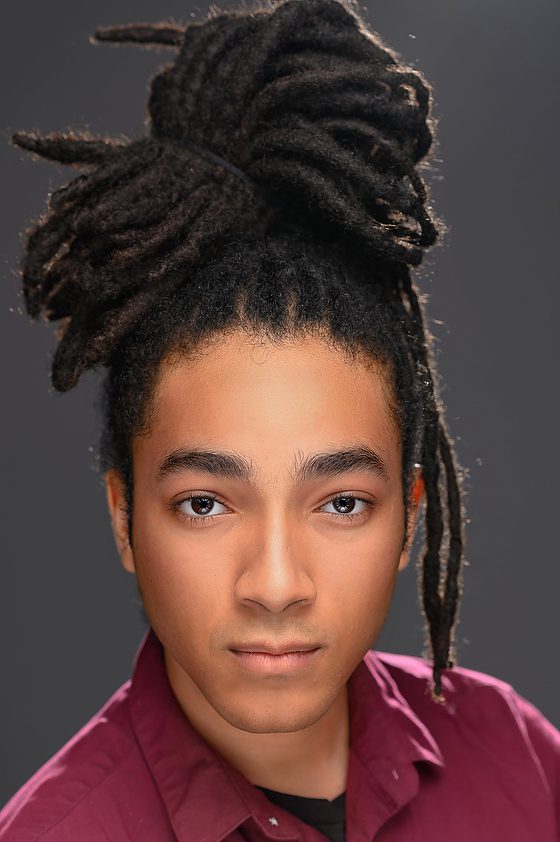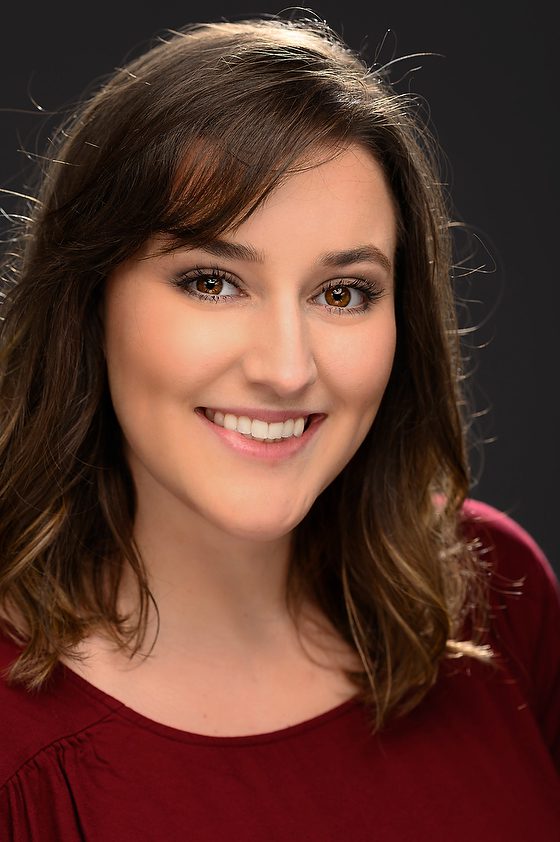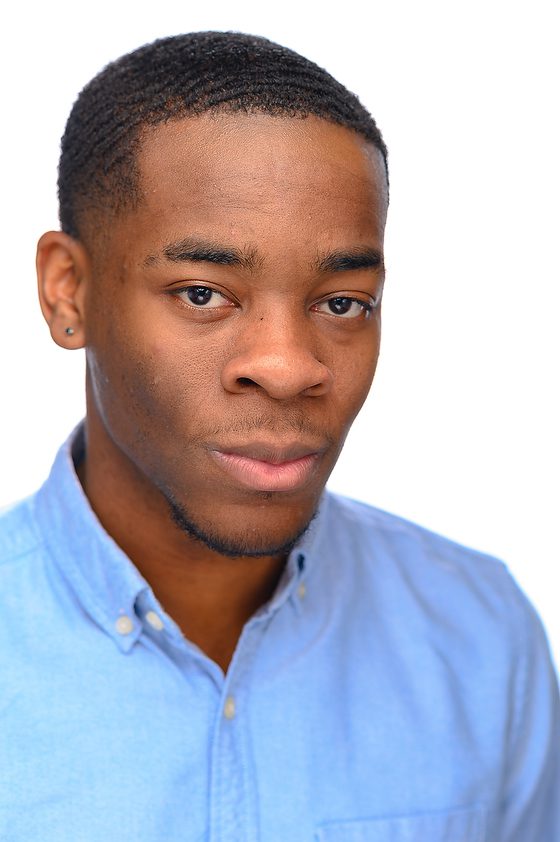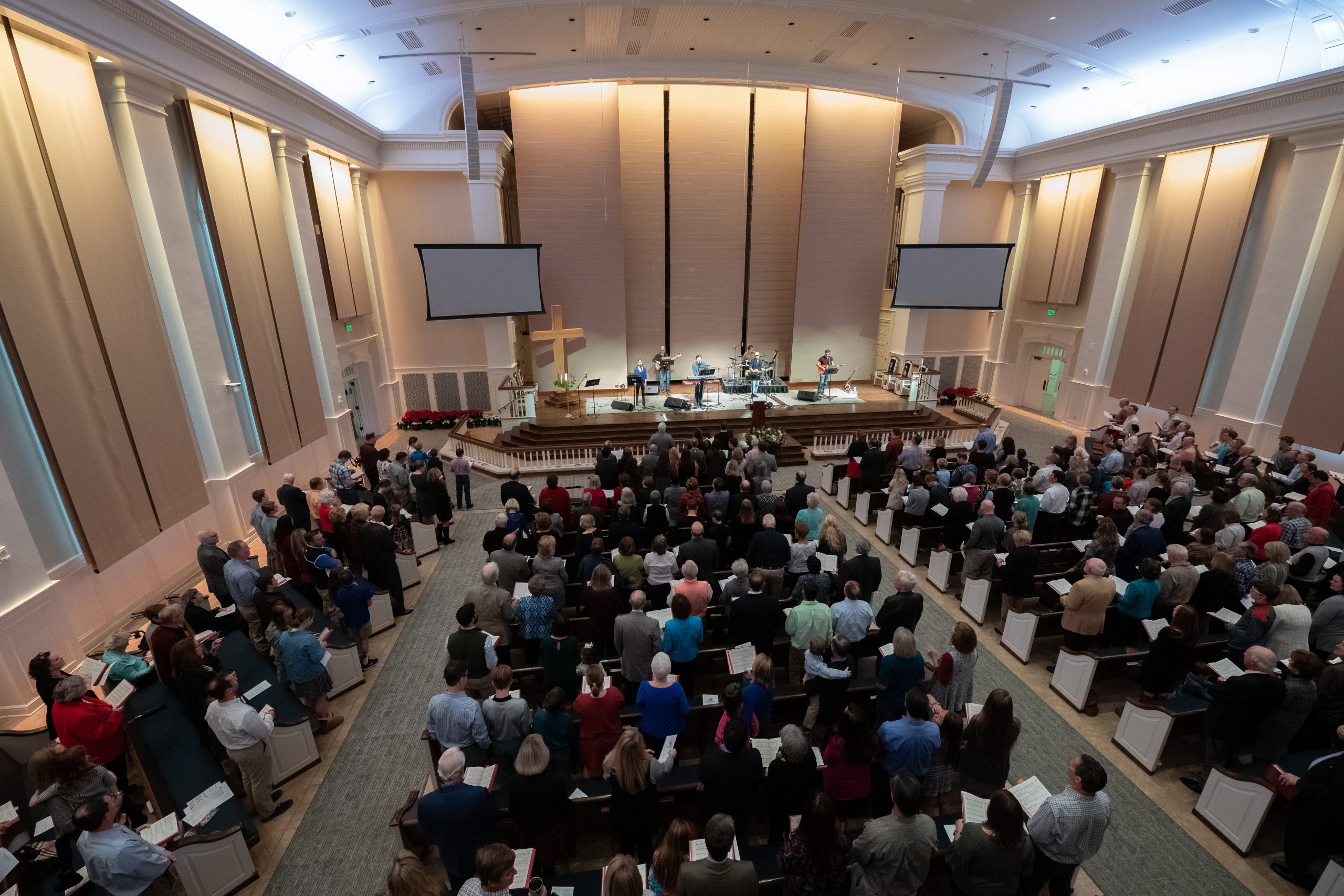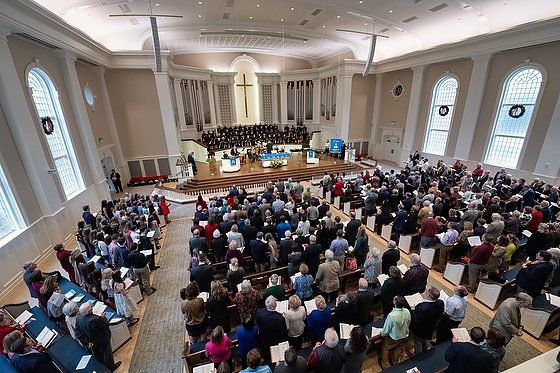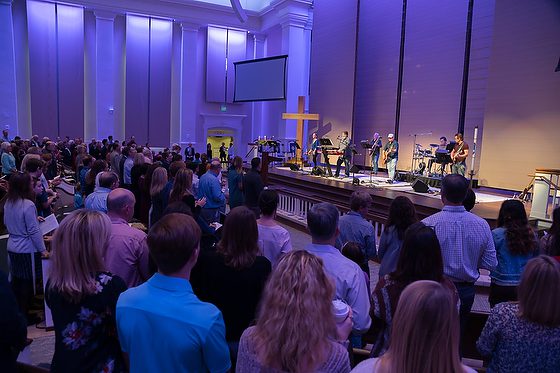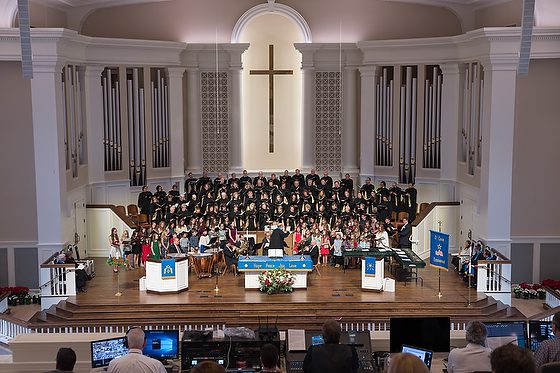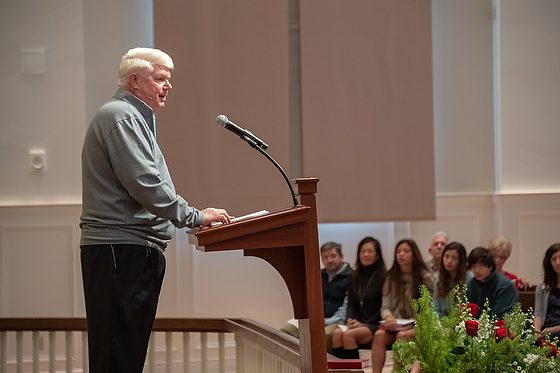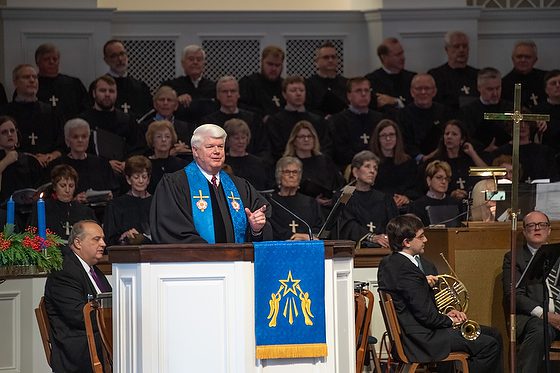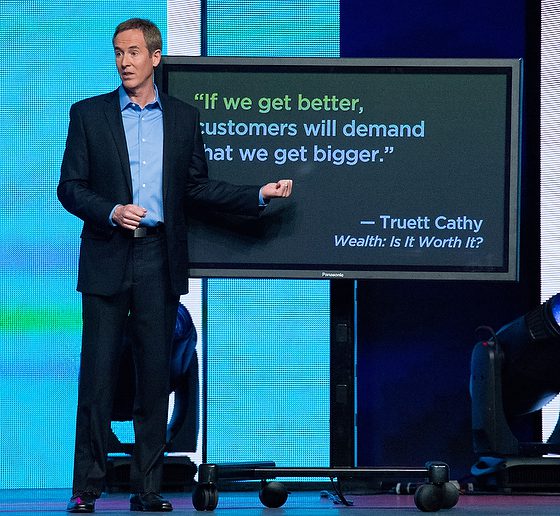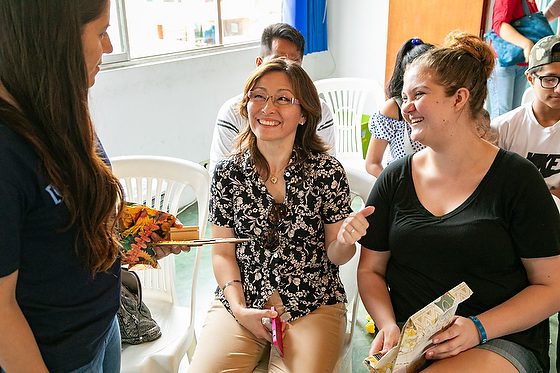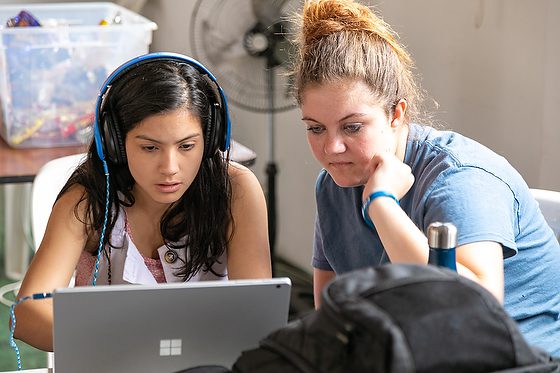When I started my first newspaper job with the Hickory Daily Record in 1984, I loved the prime lenses that I carried.
My parents were generous and helped equip me with the first camera kit I used daily.
2 – Nikon FM2
24mm ƒ/2.8
35mm ƒ/1.4
85mm ƒ/1.8
180mm ƒ/2.8
300mm ƒ/4
80-200mm ƒ/4
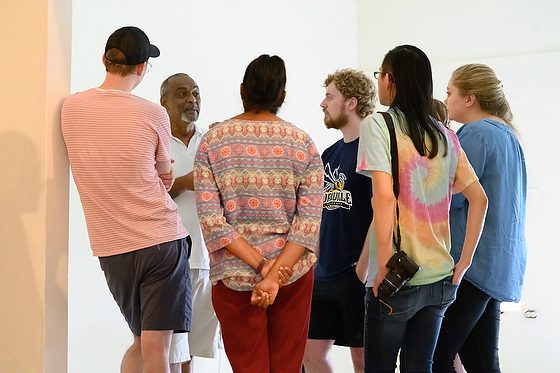
However, airlines often limit the weight you can carry when traveling internationally. So, I have been working around this using a zoom lens, which means I can take fewer lenses but cover a more comprehensive focal length range.
I wrote recently about how the Nikon 28-300mm paired with the Nikon D5 works when traveling and covering sports. On my most recent trip to Trinidad, I knew we would have a chance to photograph the Scarlet Ibis at the Caroni Swamp. Due to the weight, I didn’t want to carry my Sigma 120-300mm ƒ/2.8 and 2x converter, so I brought the Nikon 28-300mm ƒ/3.5-5.6 on my new mirrorless Nikon Z6.
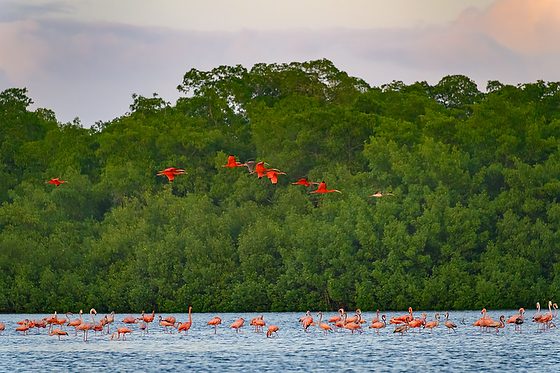
If I were going to Trinidad to photograph the birds for a job where the client needed great photos, I would have brought the Sigma 300-800mm F5.6 EX DG APO HSM.
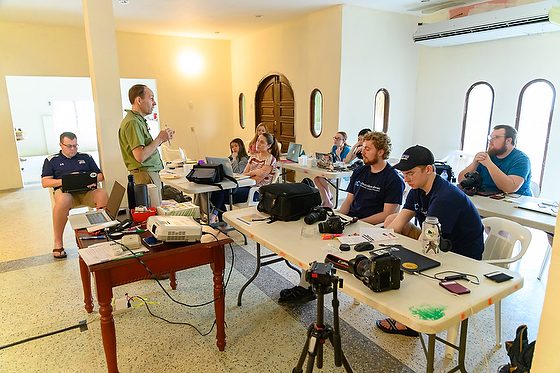
The Sigma 24-105mm f/4 lens is usually perfect for my shooting needs. I love shooting wide at 24mm. I captured the students during class times with the Storytellers Abroad Multimedia Workshop.
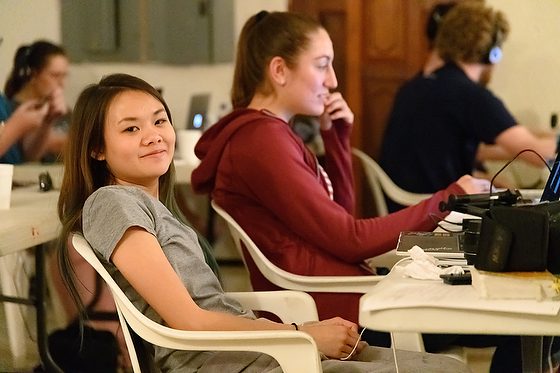
At the same time, I like to zoom in to 105mm and take some photos. I like having a lens that lets me capture things near me, like in a room setting, and the Sigma 24-105mm is perfect for this.

I love photographing the food I eat when I travel. Here, I am showing the exceptional food that Lennox was making for us to enjoy.
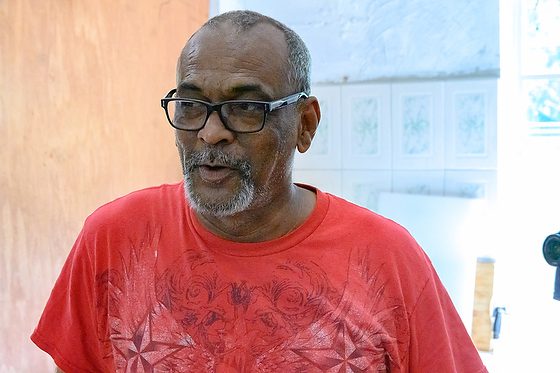
Combine those lenses with the Nikon Z6; you have a small kit to cover most of your travels. The only thing I would add to the equipment is a super-wide-angle lens if I knew I would be inside and needed to capture something I could not back up and get.
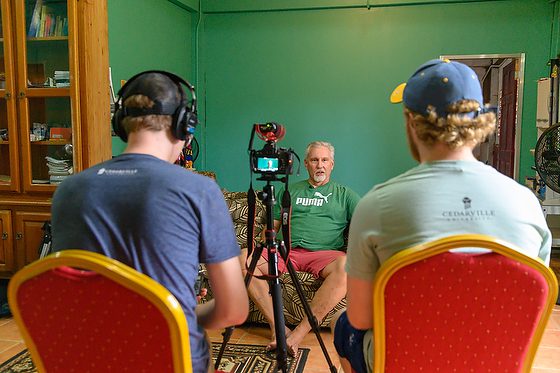
Now, when I teach these workshops, I do not focus on shooting; instead, I am there to equip the students with the skills they need to capture a story.
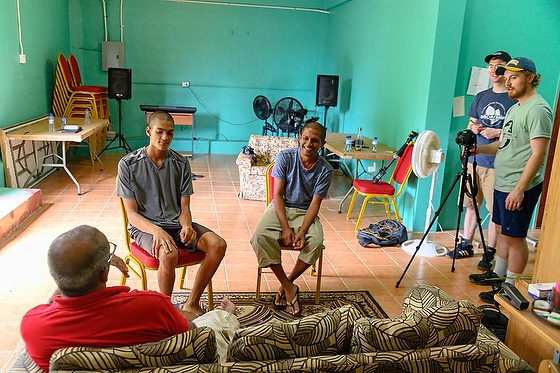
I am shooting mainly to capture the experience of those going through the workshop. I love to blog about it and give insights into what I observe and learn each time.
If you want to see how well it shoots video, I shot some quick files with the Nikon Z6 and Sigma 24-105mm f/4 handheld using the camera’s microphone.
More photos were taken with the Nikon Z6 and Sigma 24-105mm f/4 Art Lens.


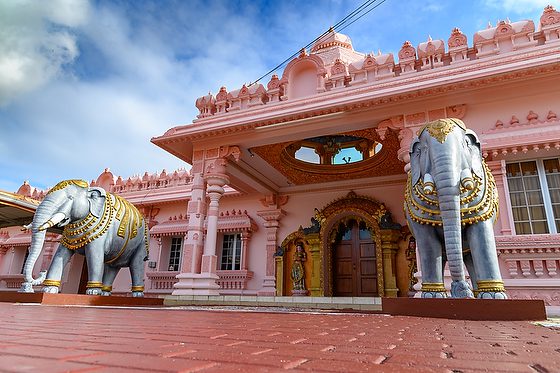
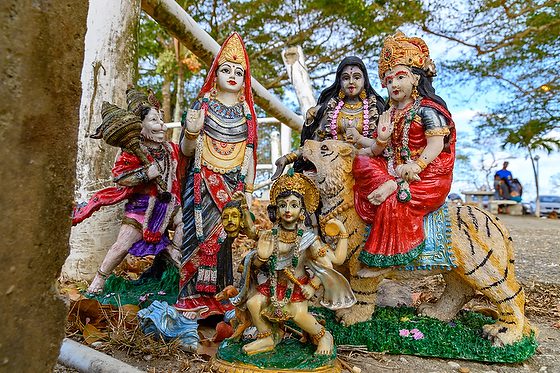
[NIKON Z 6, 24.0-105.0 mm f/4.0, ISO 1250, f/14, 1/250, Focal Length = 28]
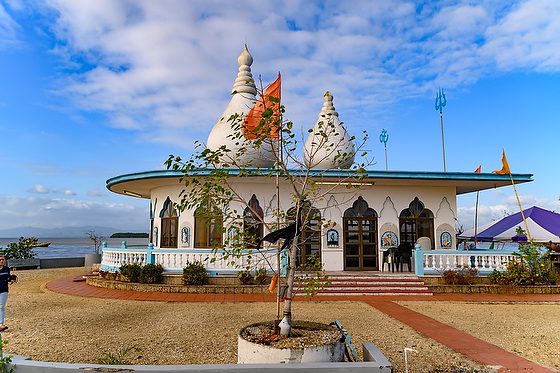
[NIKON Z 6, 24.0-105.0 mm f/4.0, ISO 100, f/4, 1/1000, Focal Length = 24]

